Balitraveldiary.com – The history of Kintamani Bali which is located in Bangli Regency is indeed a story about local wisdom wrapped in beauty. How not, if the majority of people know Bali as a paradise of beaches and seas, but in Kintamani we will get a different atmosphere. Kintamani offers a different atmosphere that is not limited by beaches like most places in Bali.
Kintamani is the only area on the island of Bali which is a highland area with cool mountain air. You can see the beauty of Mount Batur and Lake Batur there. Not to mention the tourist villages with a variety of local wisdom of the community in it which is a pity if you don’t visit it directly. Talking about the natural beauty of Kintamani is incomplete if we don’t know the history that accompanies it.
A Brief About Kintamani History
Like other places on the island of Bali, Kintamani also keeps a trace of beautiful history and culture. The history then developed into the local wisdom of the local community.
Kintamani is a village that keeps traces of harmony and harmonization of the lives of people from 3 different religions, namely Hinduism, Islam and Chinese Confucianism. Evidence of this harmony can still be seen until now the visualization of Batur Temple.
When you set foot in the temple, you will see for yourself how the temple is dominated by red and dragon statues placed on the left and right. Coupled with the pungent smell of incense when you enter the temple area.
Various stories are behind the story at Batur Temple, which is the second largest temple after Besakih Temple. According to existing historical sources, it is stated that on Lake Batur in Kintamani there is one temple that is included in the heavenly temple of the universe.
Another History About Kintamani
Various sources mention how the origin or history of Kintamani is now quite popular as a nature tourism in Bali. Based on these various sources, it is known that the origin of the name Kintamani is Cintamani with various versions of the accompanying story.
- According to Drs. Nyoman Singgih Wikarman
Drs. Nyoman Singgih Wikarman is a fan of ancient literature who has died. One of the literatures in which is the history of Kintamani which is the area of origin. Nyoman argues that Kintamani or Cintamani comes from Sanskrit which means something that can give happiness both physically and mentally.
Besides being able to give a feeling of inner and outer happiness, Cintamani also brought revelations of adhyatmika and bhukti mukti, so it was only natural that King Singha Mandawa who was in power at that time gave permission to the monk to build a hermitage in that place. The place in question is Bukit Cintamanimmal with the belief that whoever lives there will find happiness. This belief has been proven to this day because many people who come to Kintamani feel at home and are reluctant to go home.
- According to Sukarto
In 1980, another figure named Sukarto expressed his opinion about the history of the name Kintamani. Sukarto said that Cintamani comes from the words Love and Mani. Love itself is defined as romance or romance while mani is manikam or gems. So Cintamani can be interpreted as a gem or manikam that is very loved because of its charm. From the word Cintamani, it changed to Kintamani. - According to I Gede Pudja, MA, SH
Another opinion from I Gede Pudja, MA, SH. According to him the story of Kintamani can be obtained from the Vedas. In the book it is said that Cintamani is the name of a sage who wrote the Danur Veda or the book of war. Maha Rsi Wira Cintamani is his name. The story of Cintamani or Kintamani is written in the Vedic Book Introduction to Hinduism, written by I Gede Pudja, MA, SH. - In Wrahespati’s Lontar
While the story about Kintamani which is quite interesting can be found in Lontar Wrahespati sloka 65. In the literary work there is the word “Cintamani” which is defined as “Asta Guna”. Still according to Lontar Wrahespati that Asta Guna means to achieve everything that is desired. So Cintamani mentioned in the lontar has the meaning of the ability to achieve everything that is desired.
The beauty of Kintamani was once revealed by a young doctor from Germany named Gregor Krause. Through his book entitled Bali 1912, Krause describes Bali as a place that has exoticism and extraordinary natural wealth with the charm of local women that is incomparable.
The book was written by Krause while on duty in Bali and it turns out that the place in question is Kintamani, a mountainous area that has a life full of thick culture and customs.
Those are some stories about the history of Kintamani Bali which is an area of Bangli Regency, Island of the Gods. If you are bored with the beach but want to go sightseeing in Bali, why not just go to Kintamani.

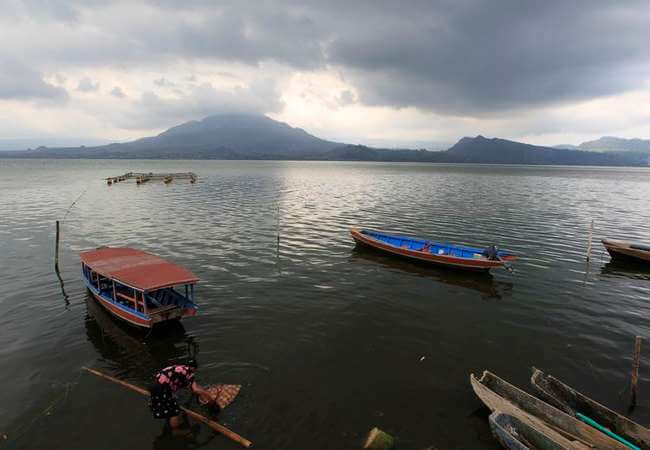

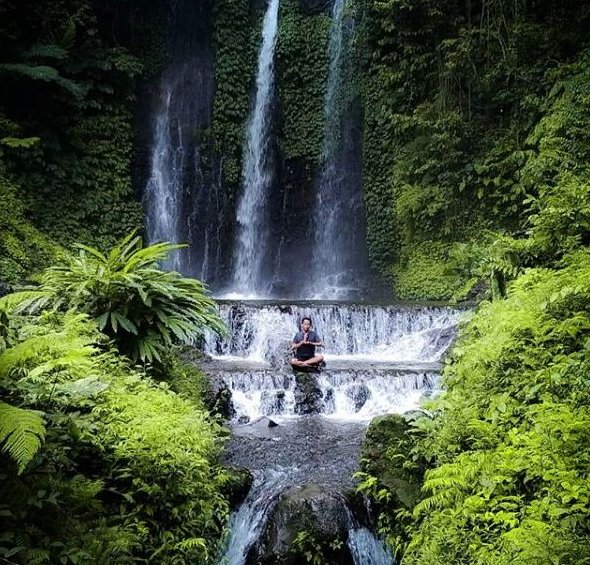
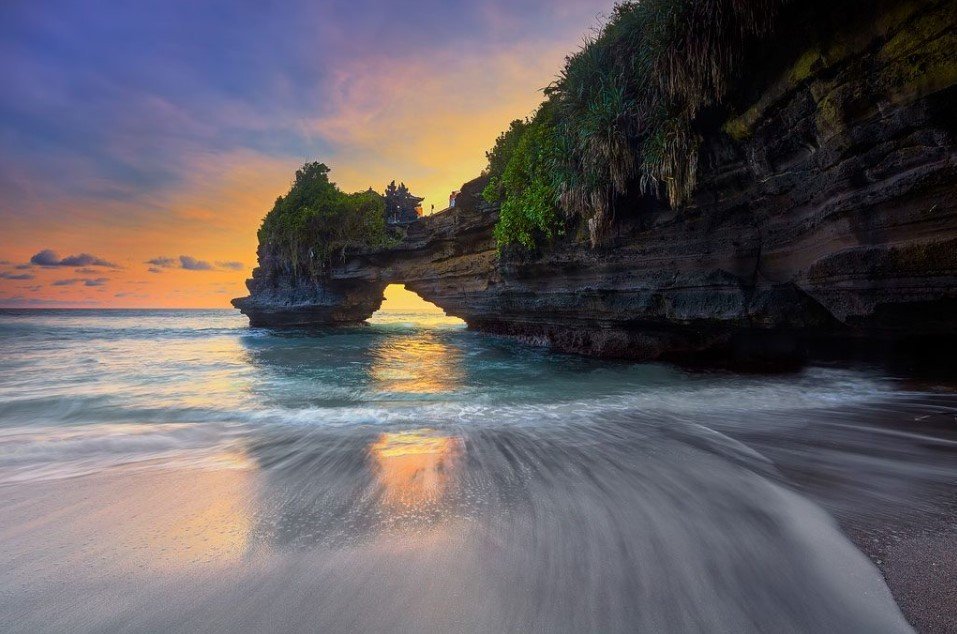
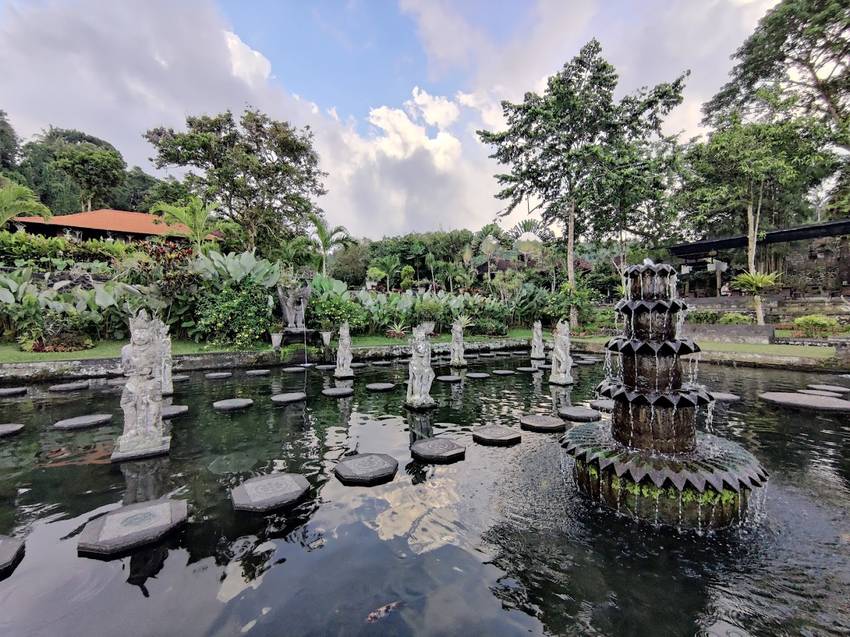
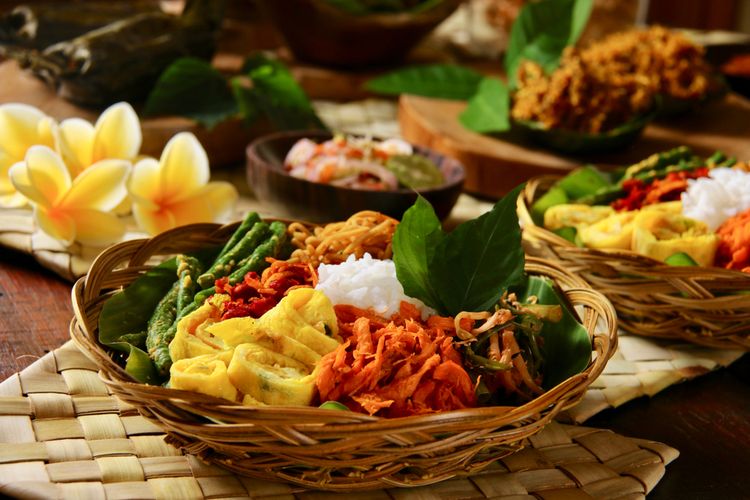




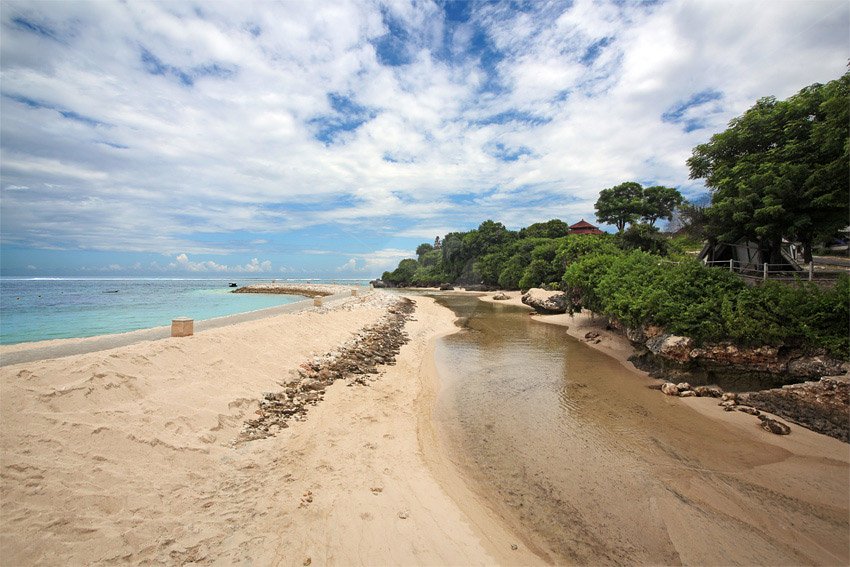

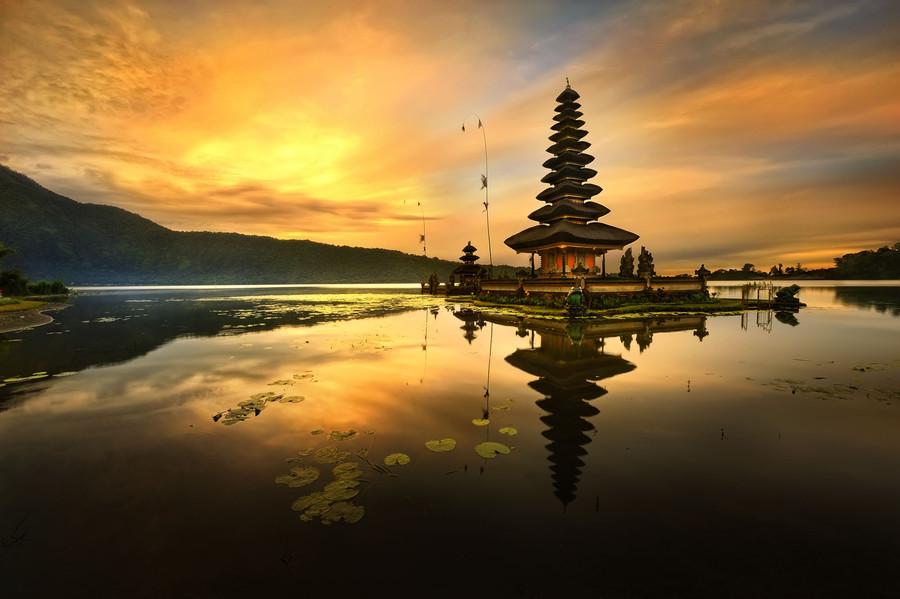
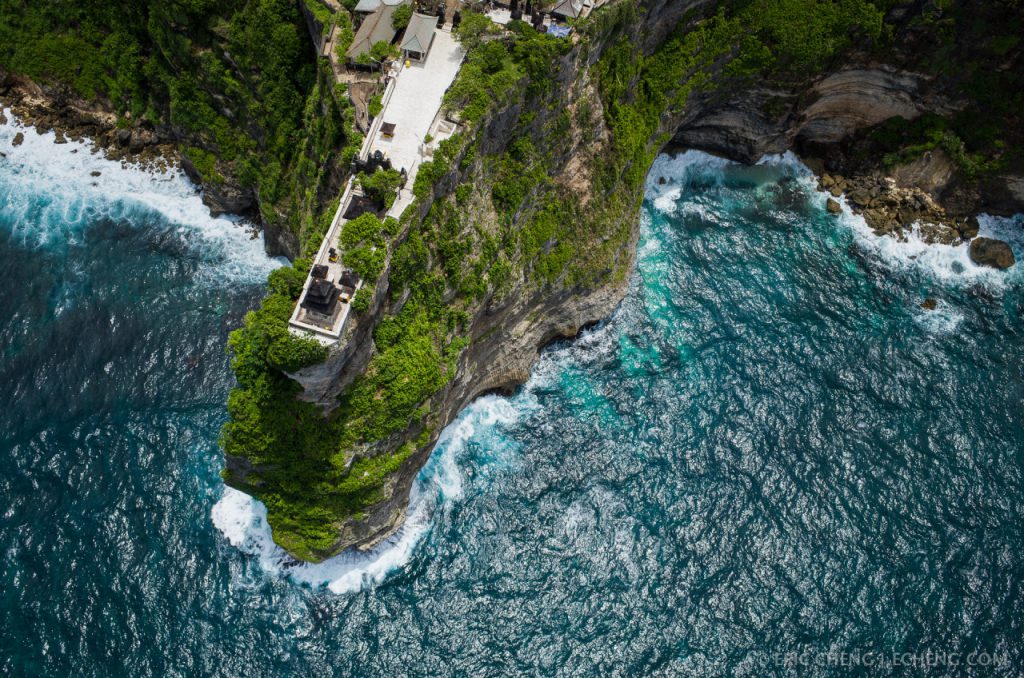


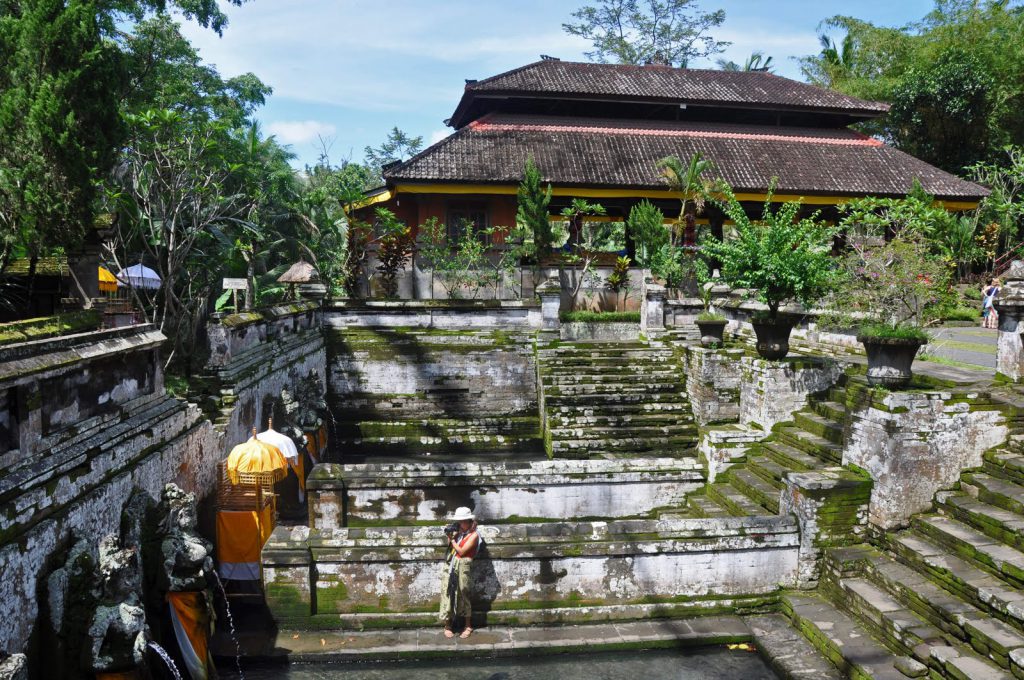



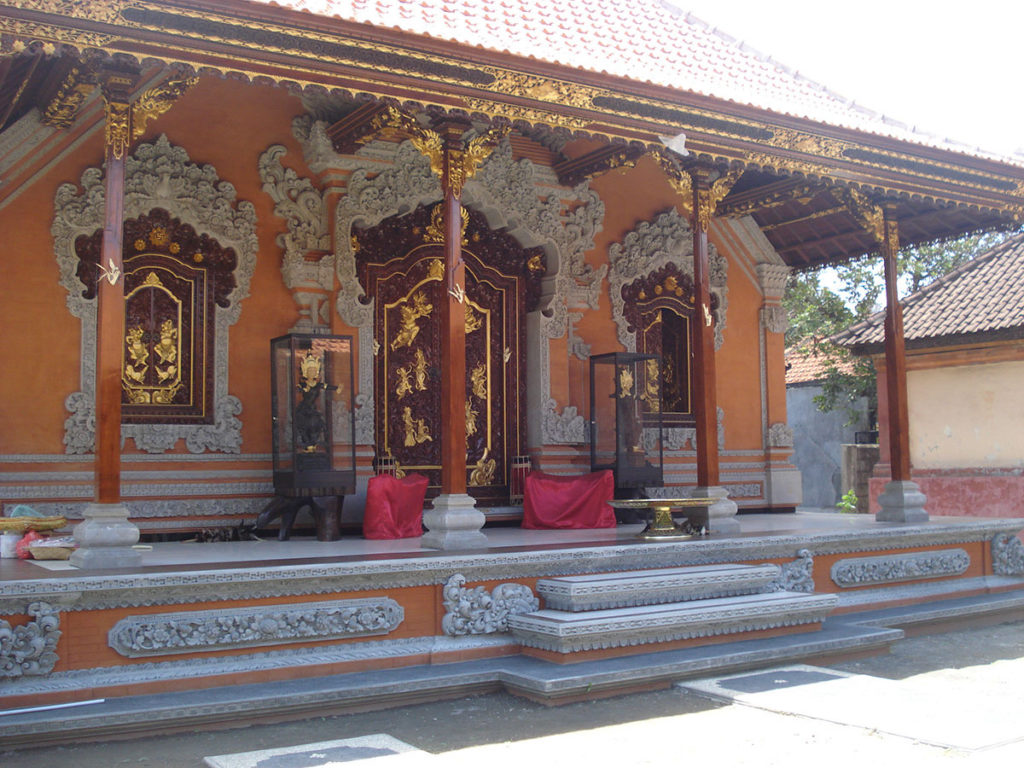

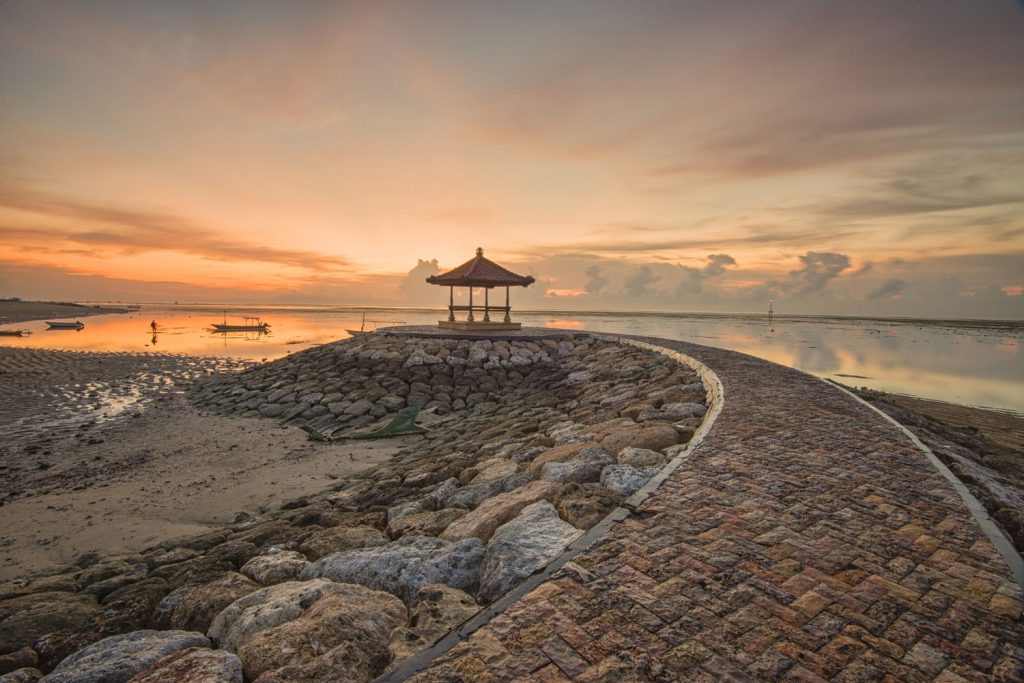
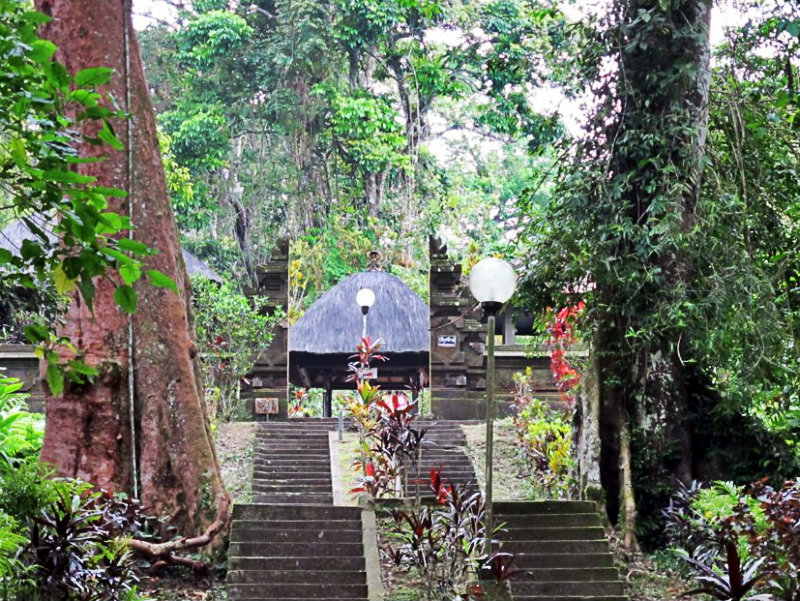






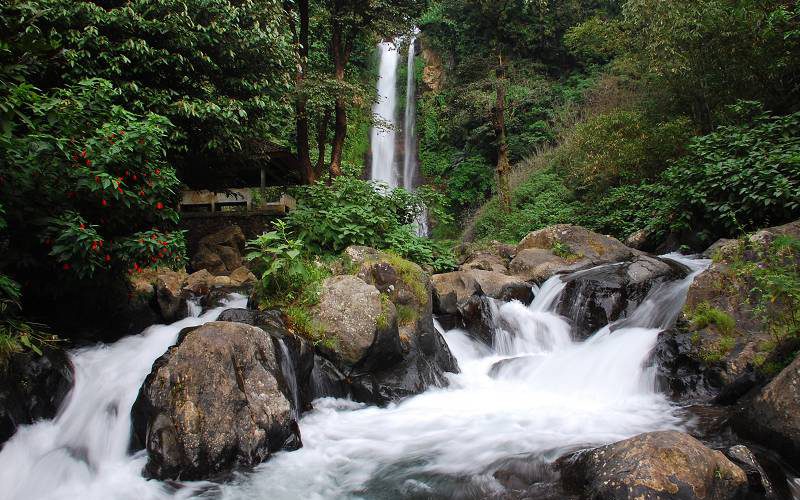



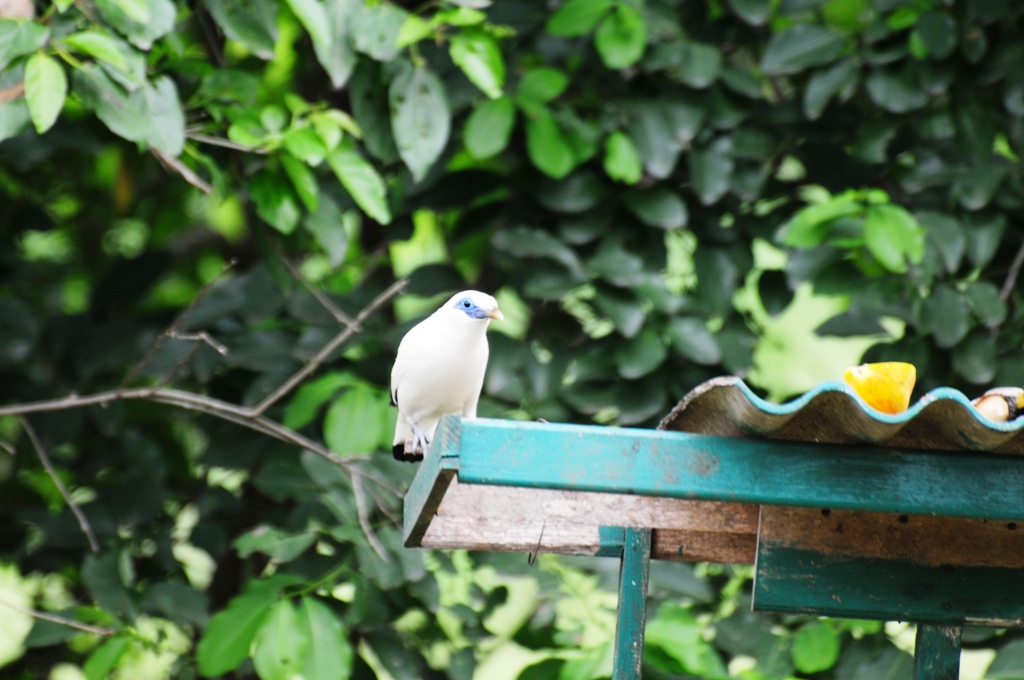



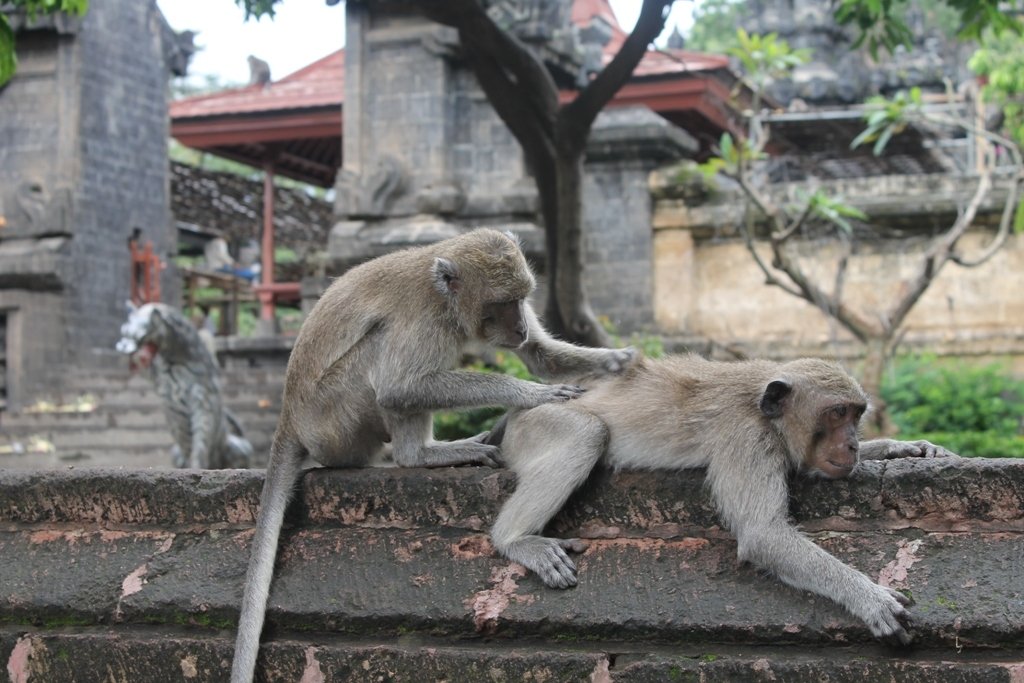



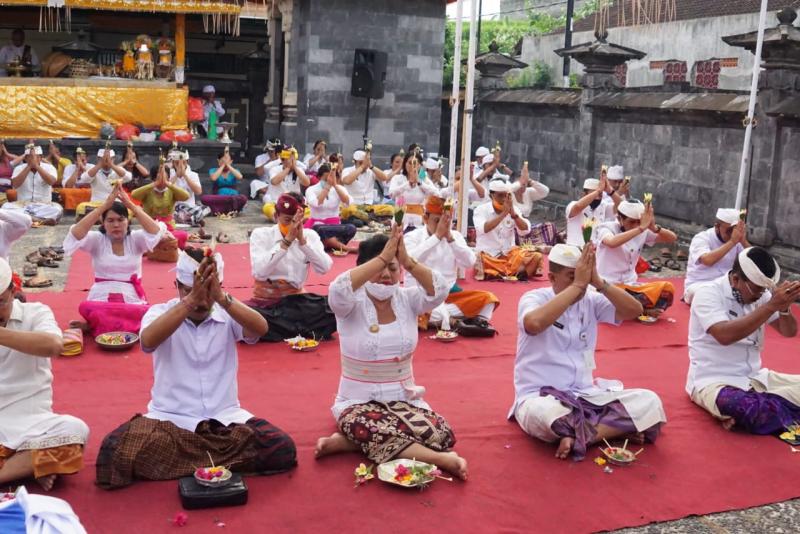

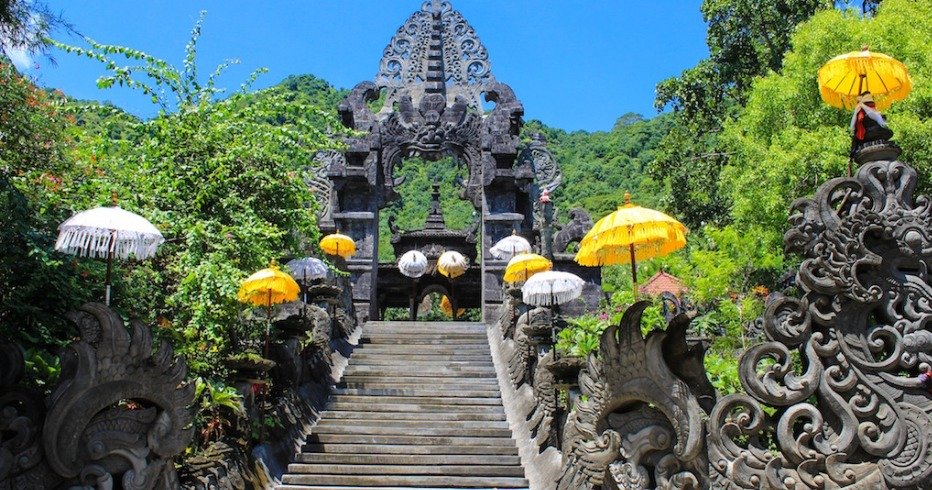
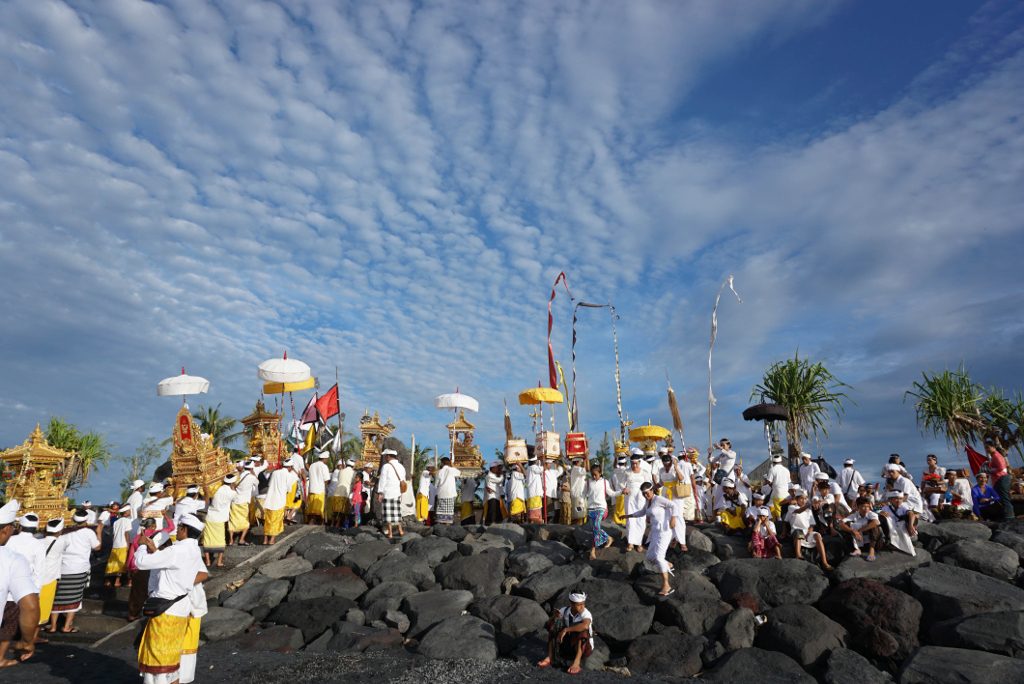
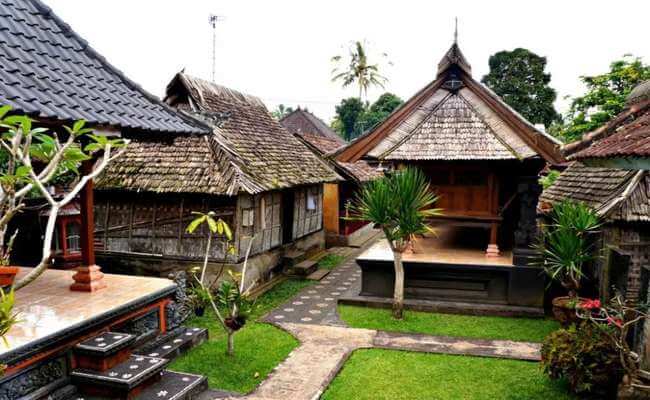


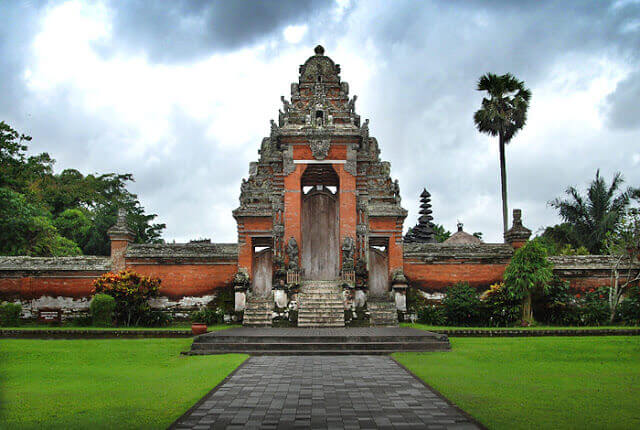
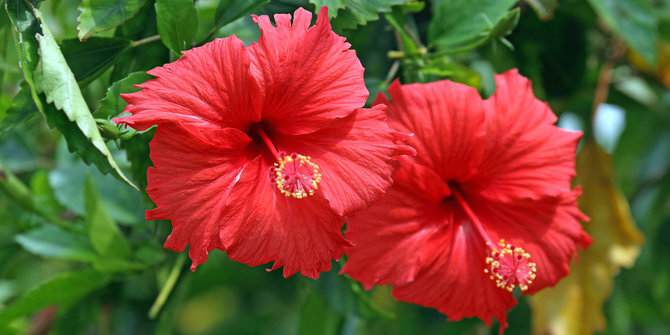

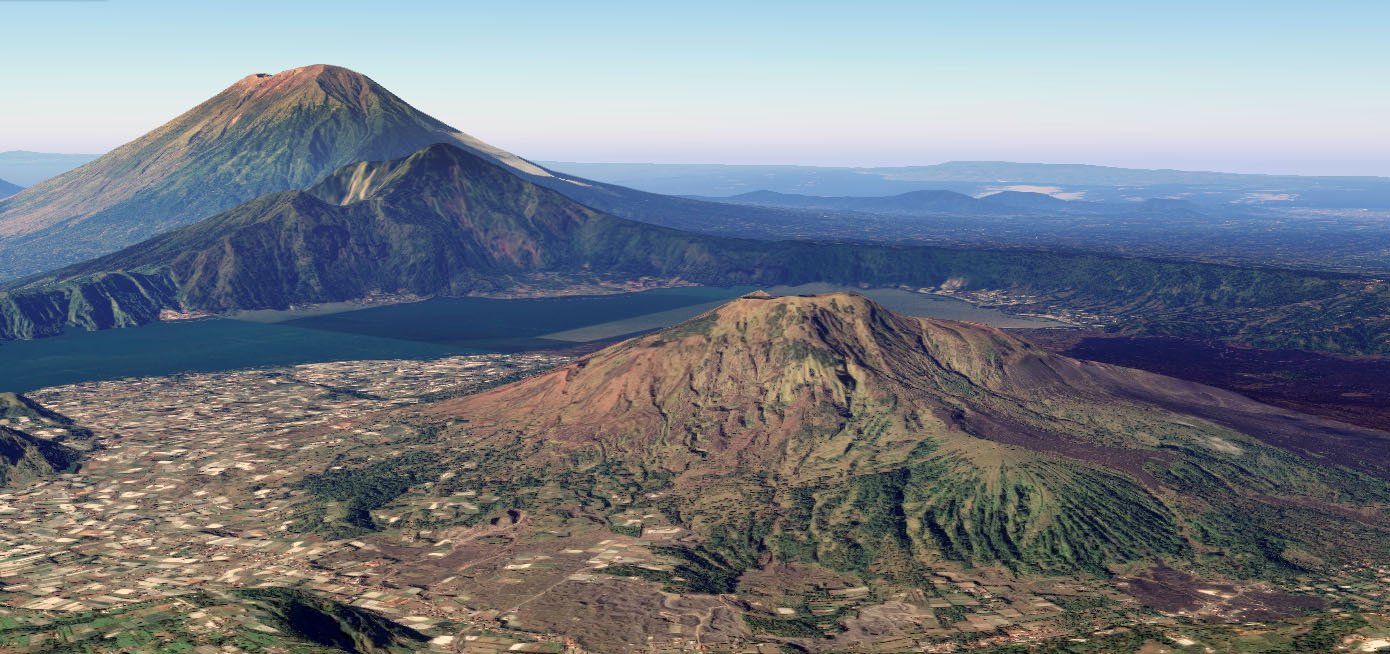
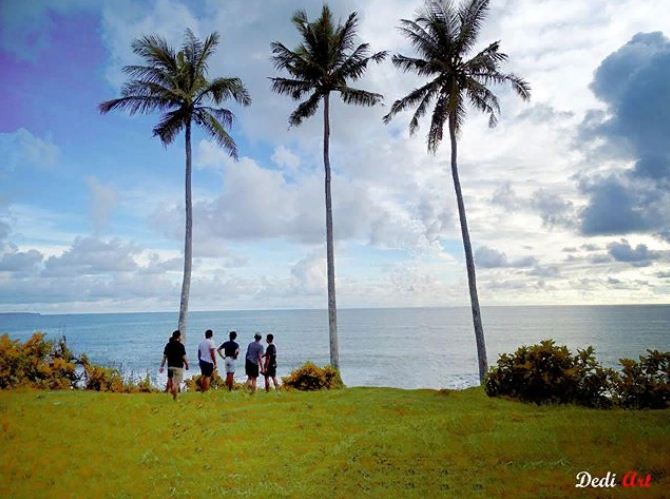
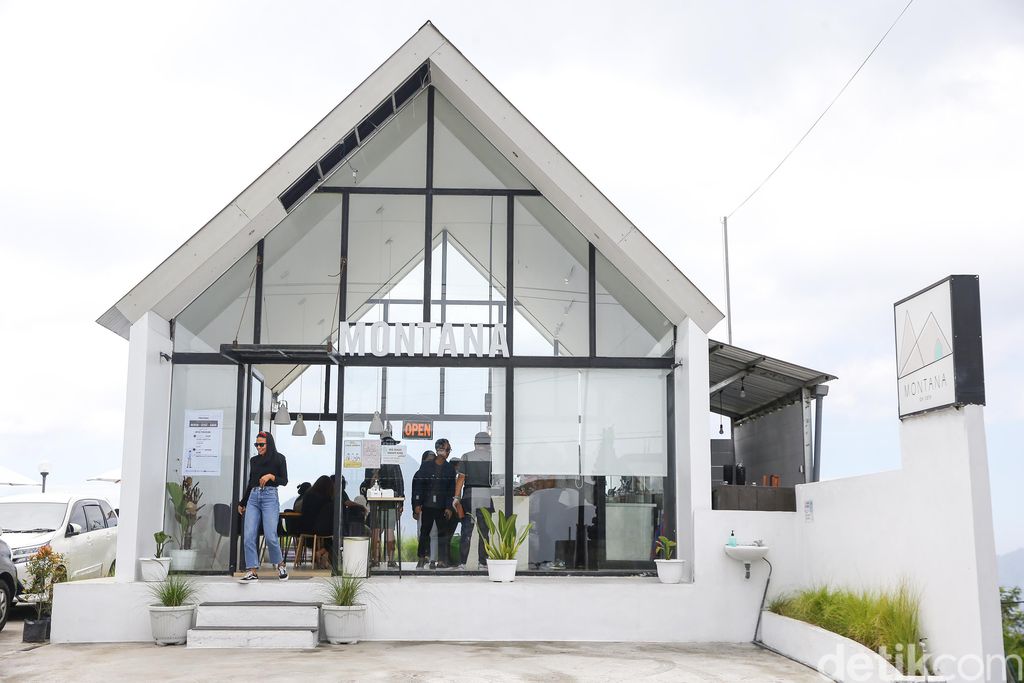






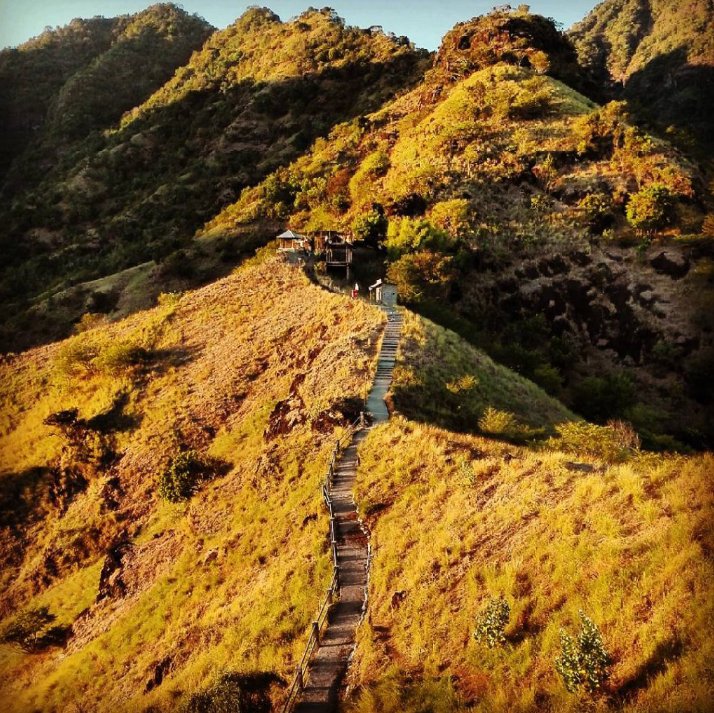
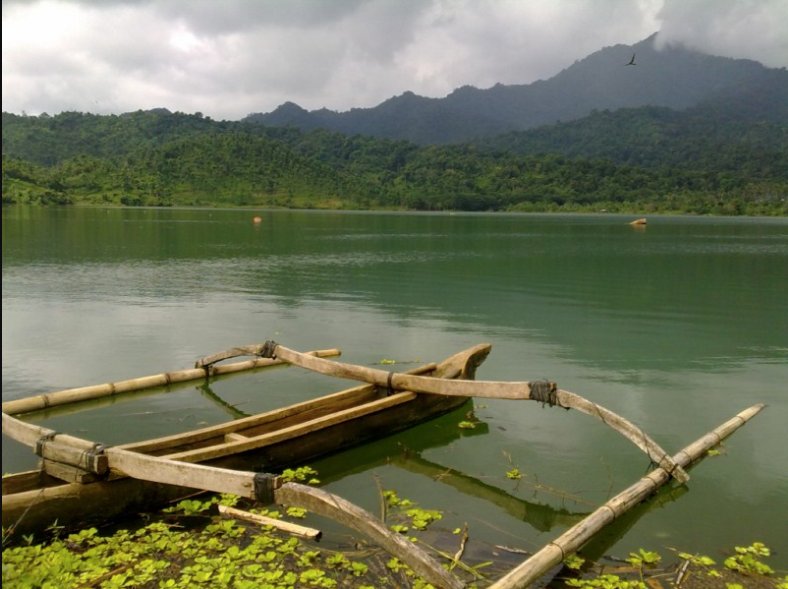



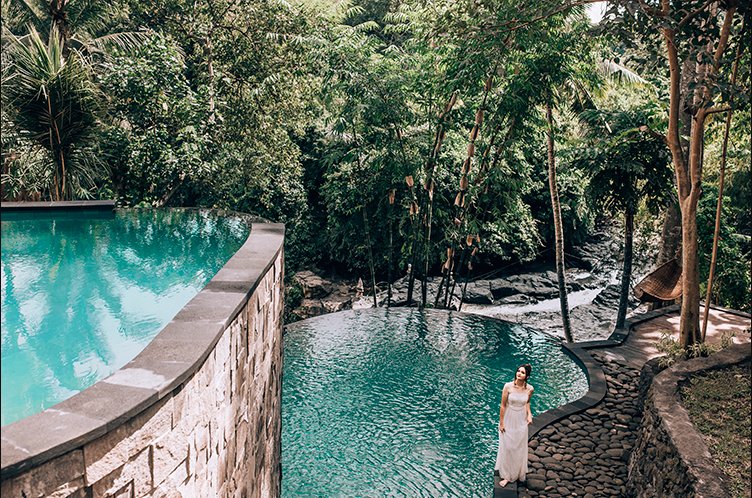

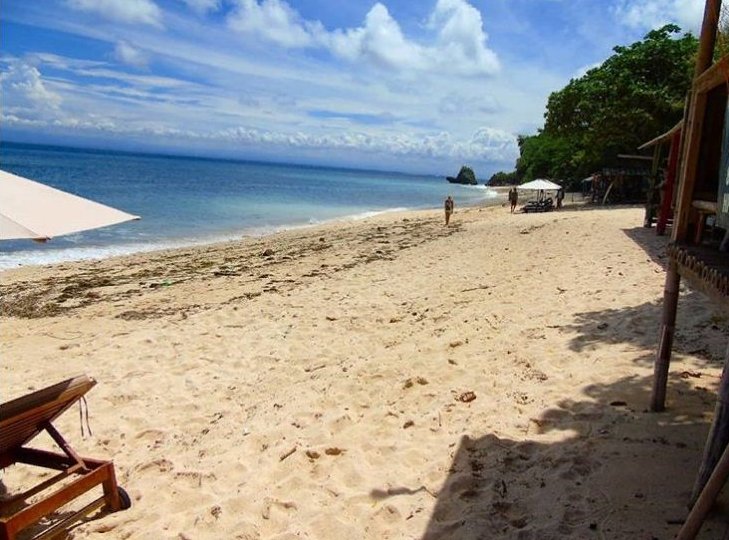



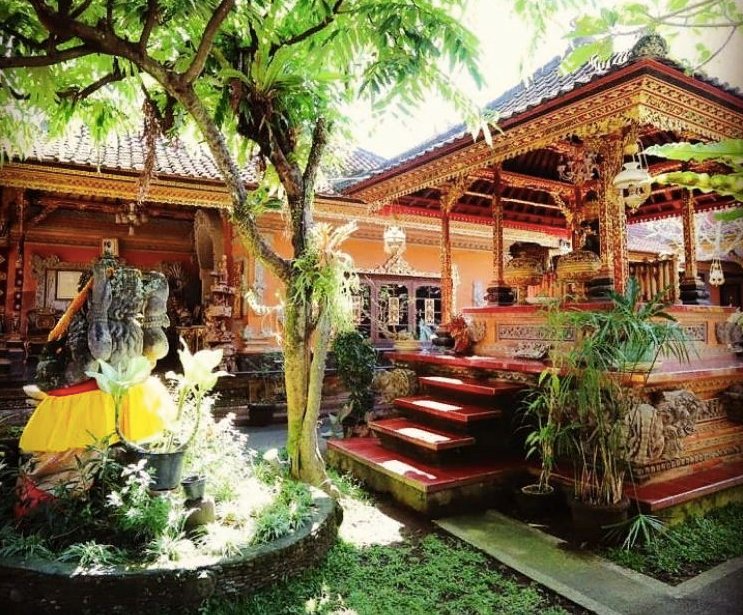






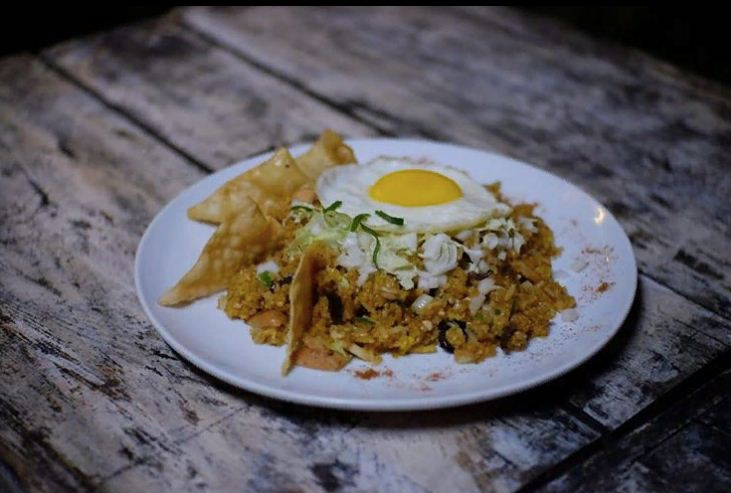







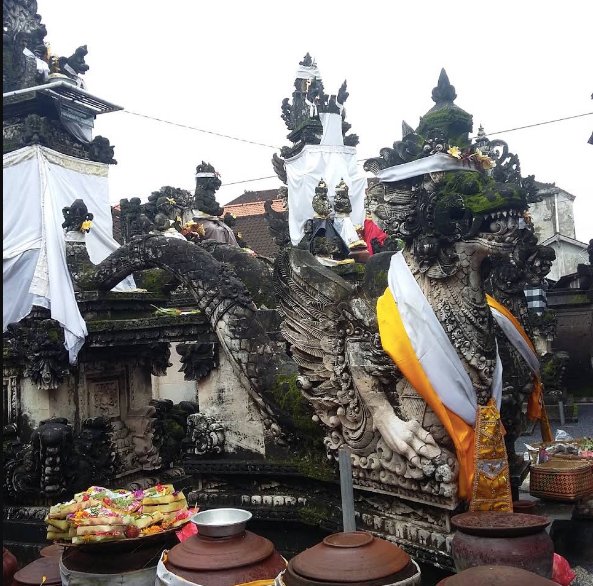









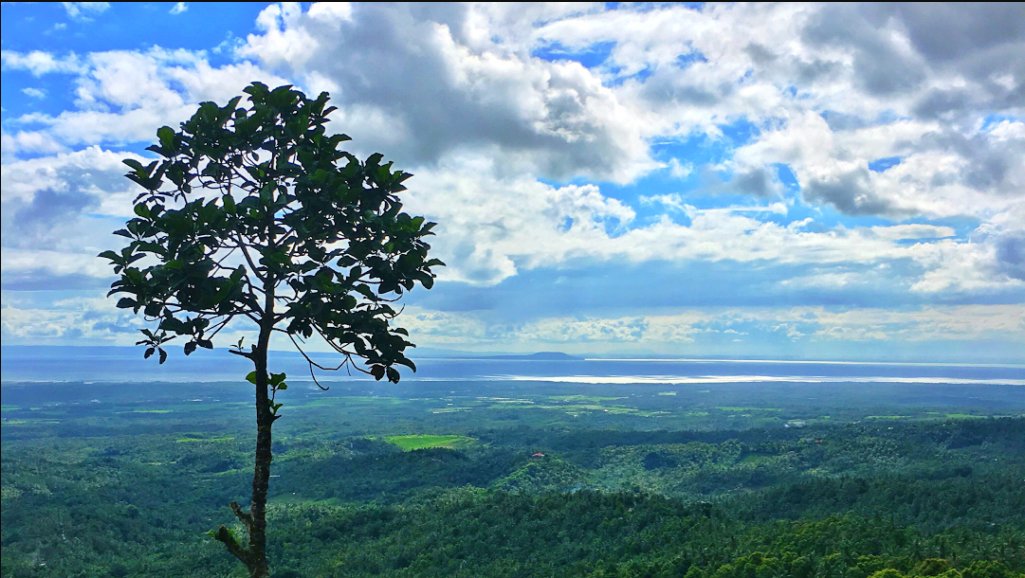
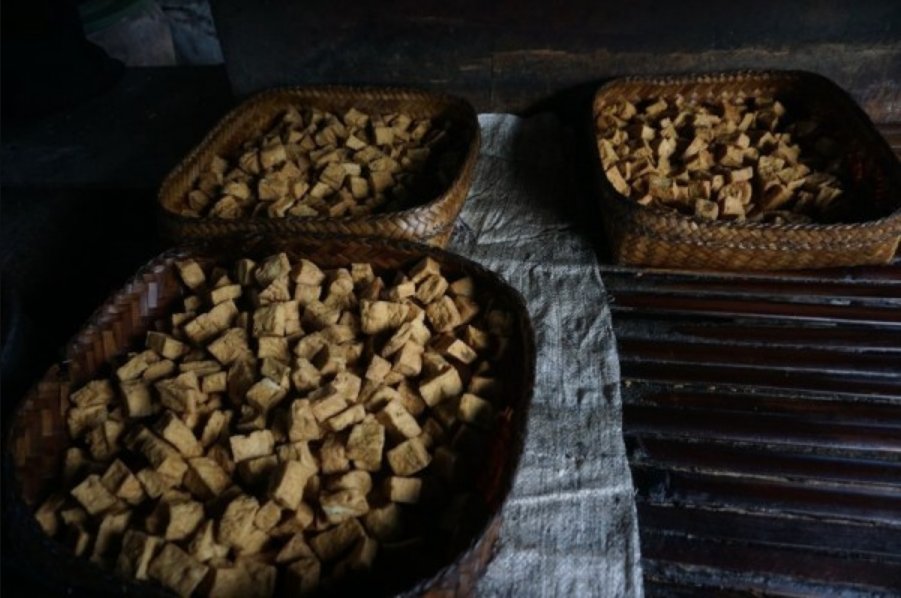




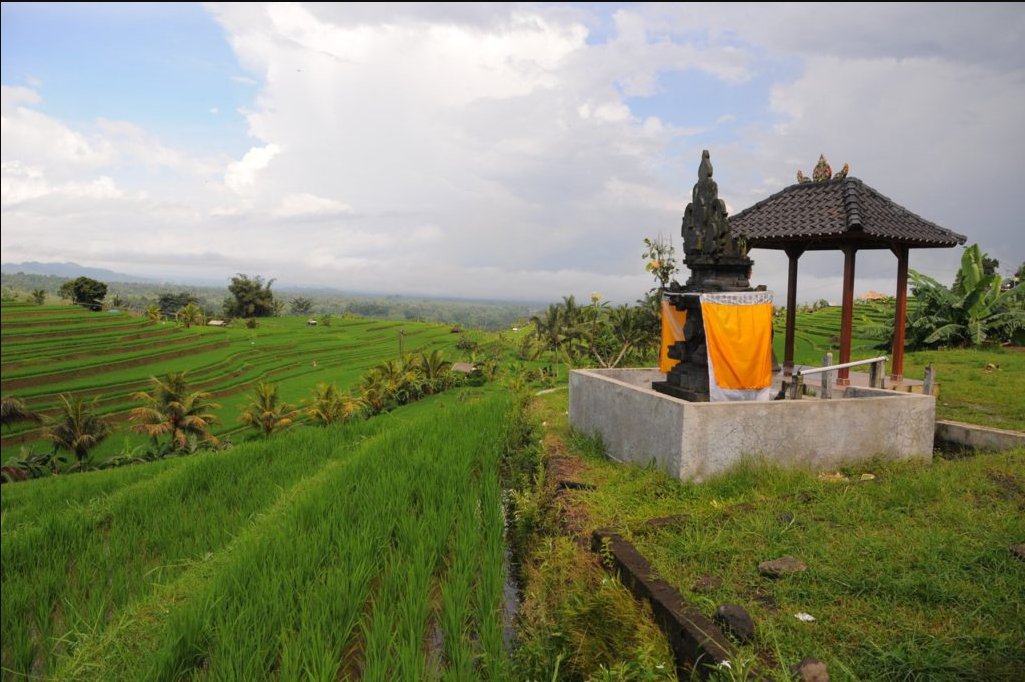
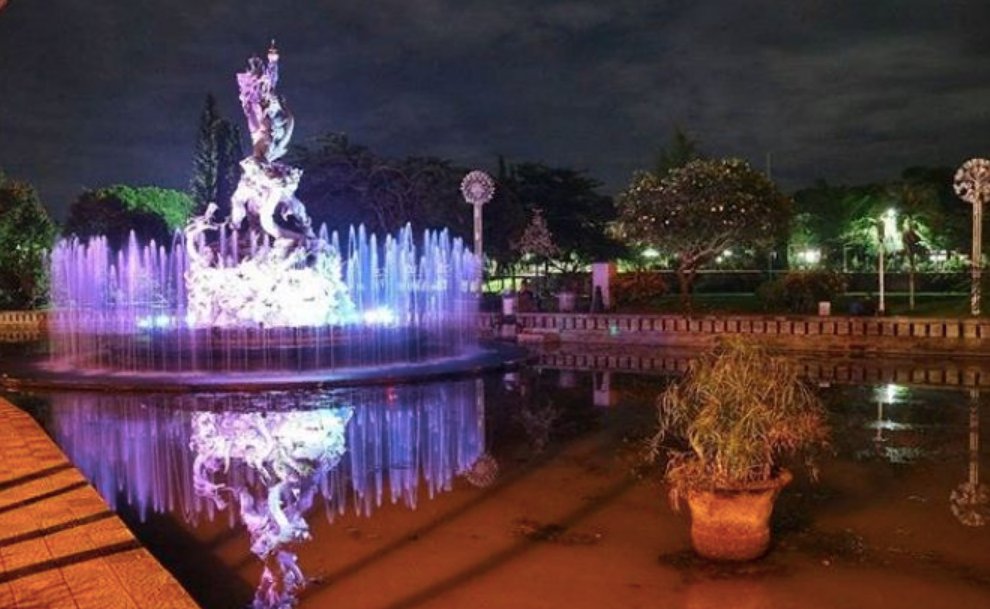

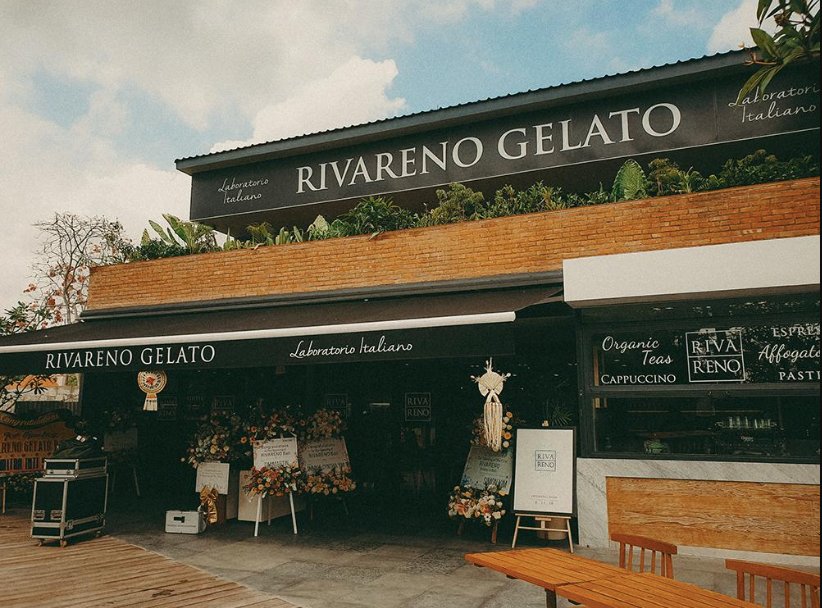
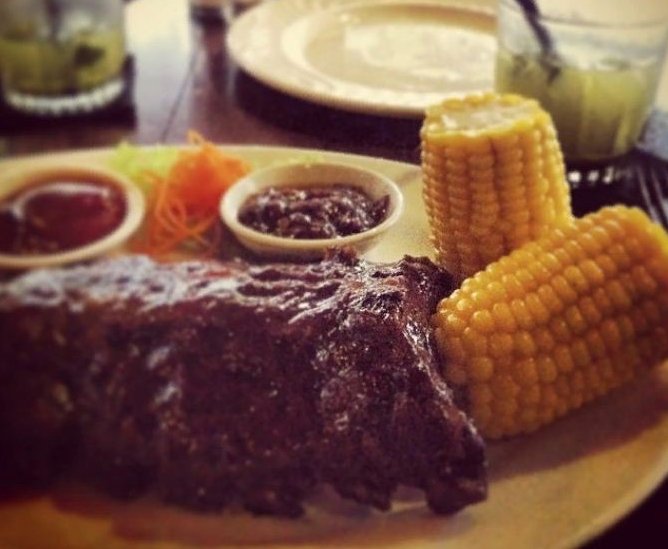

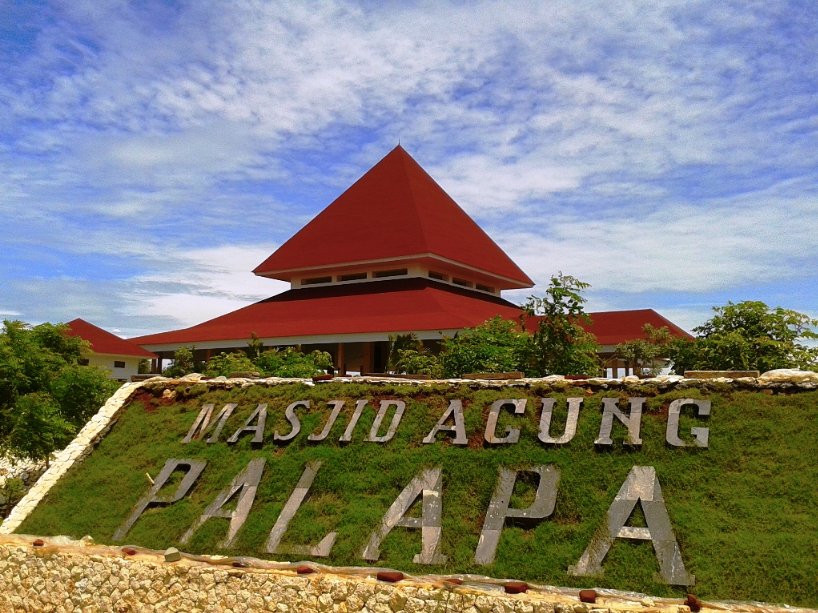















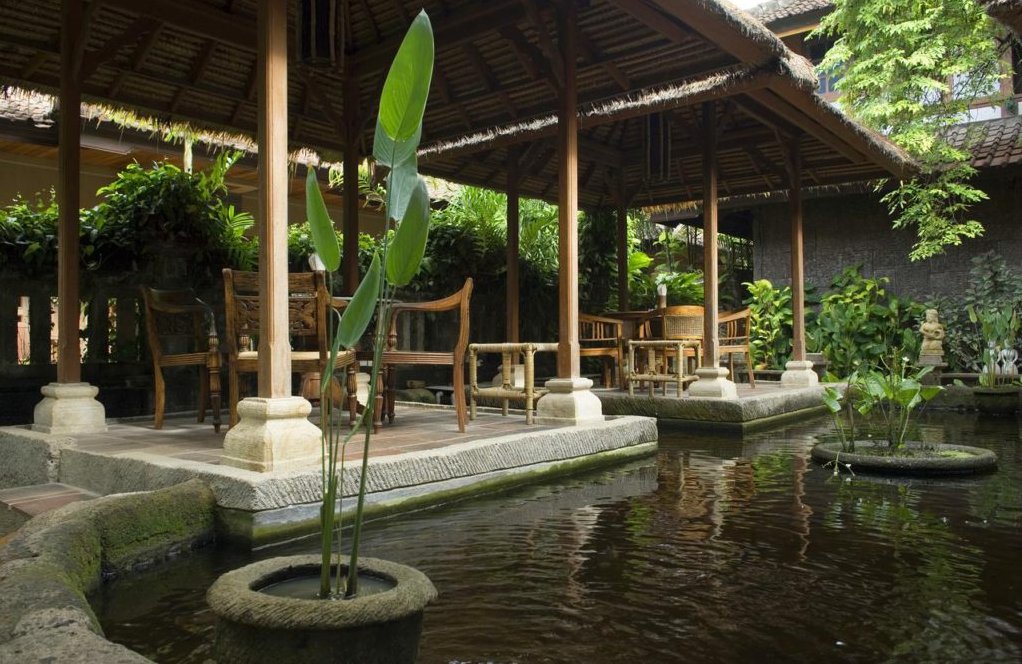

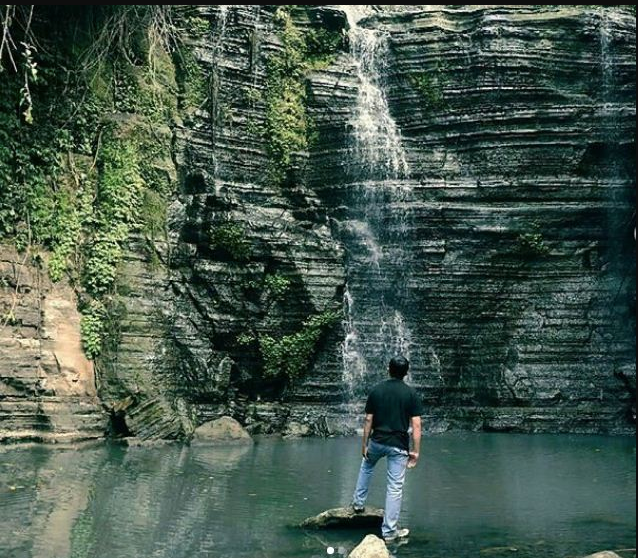



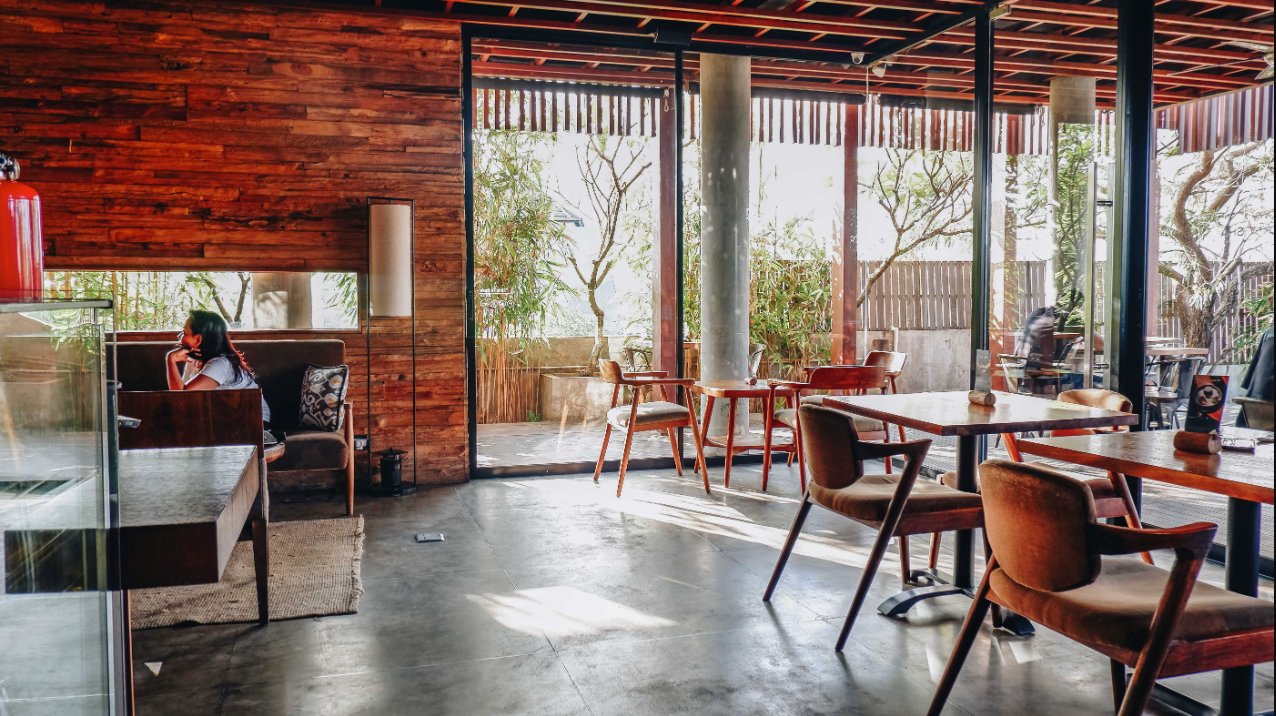



















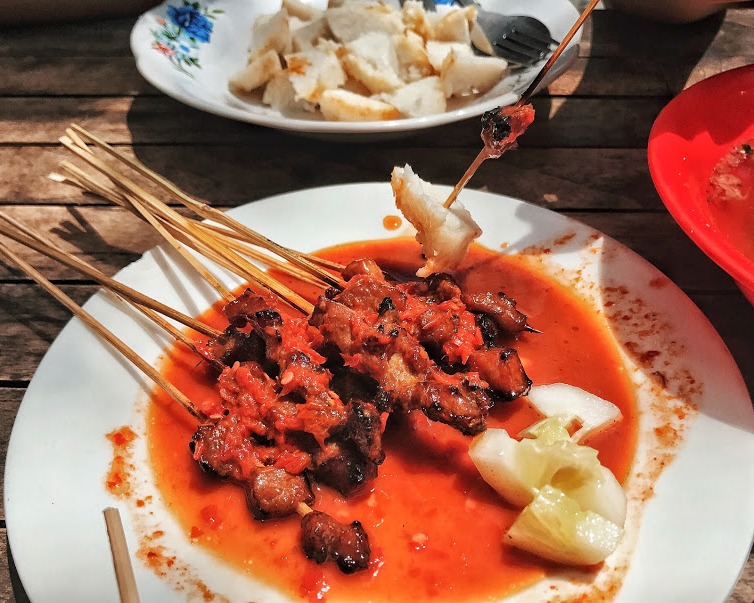





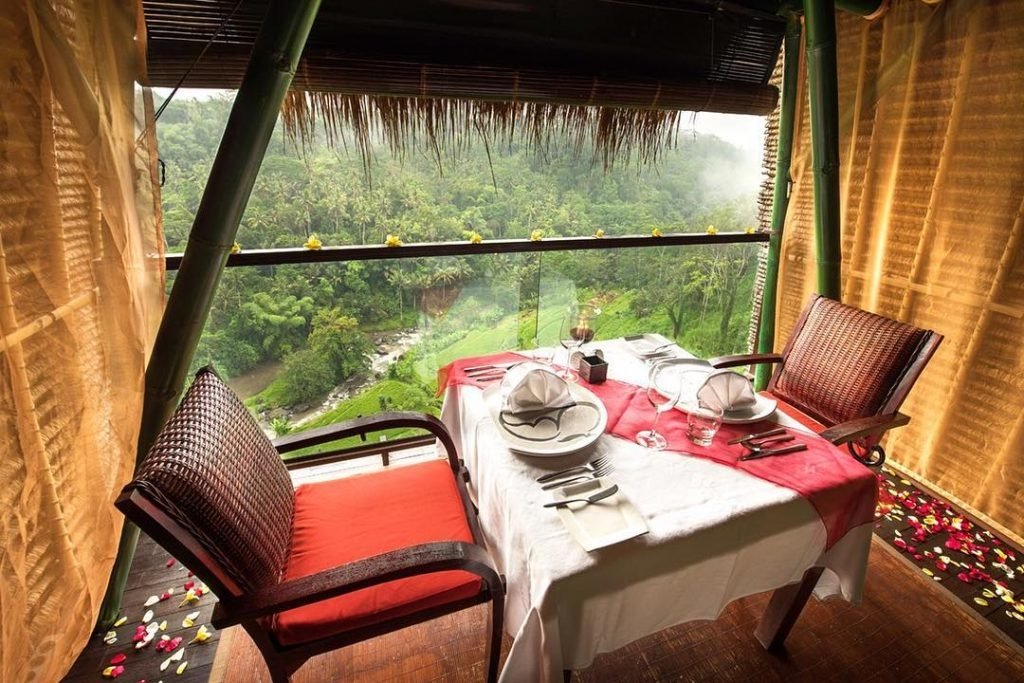







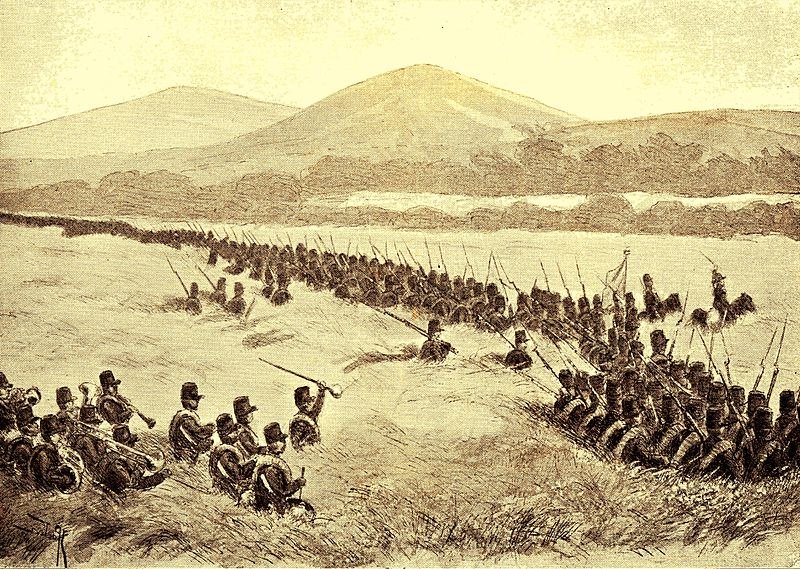
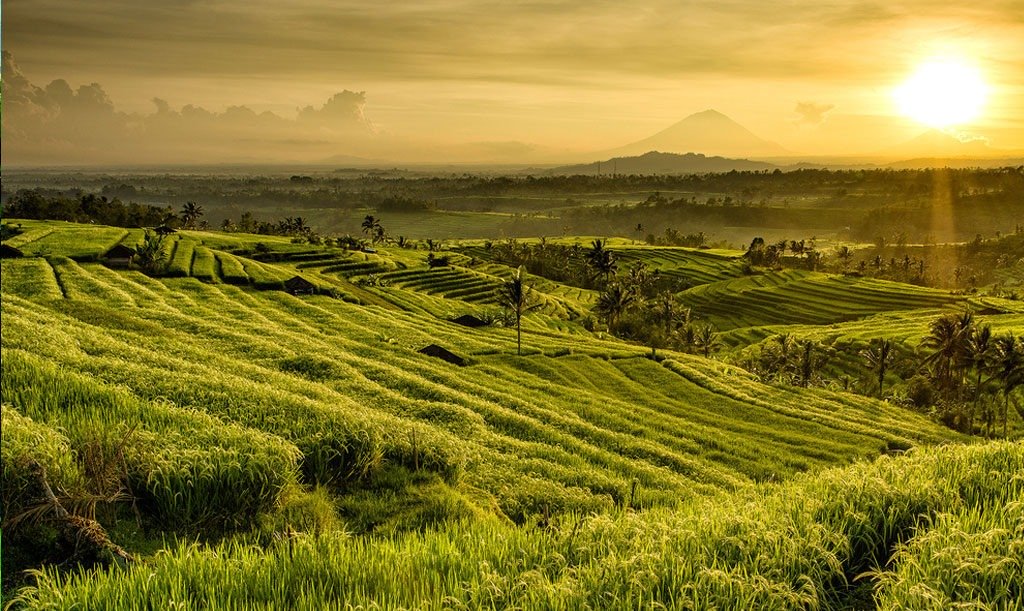






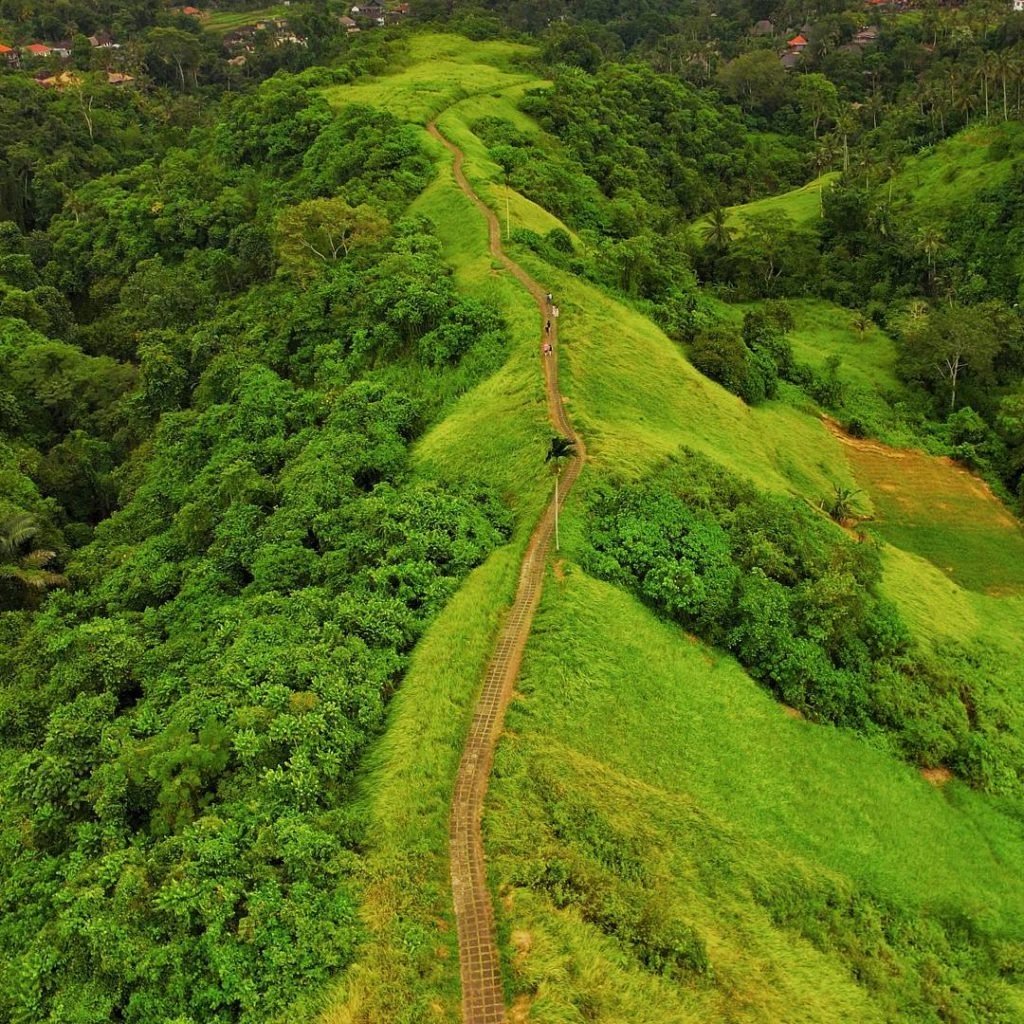
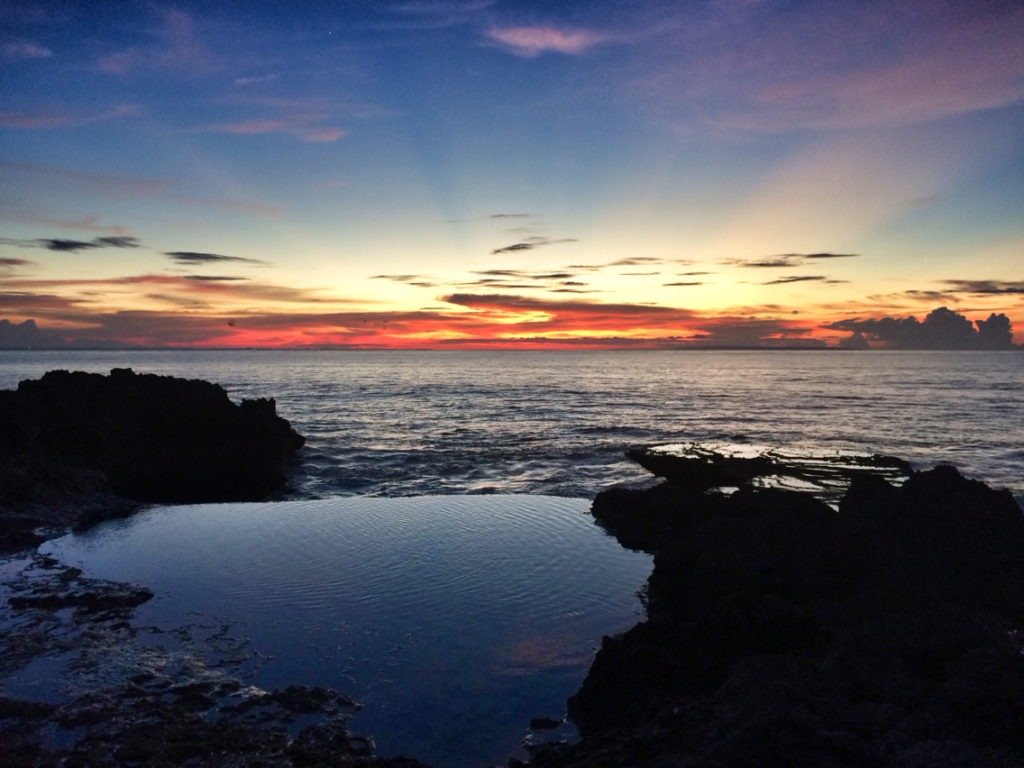





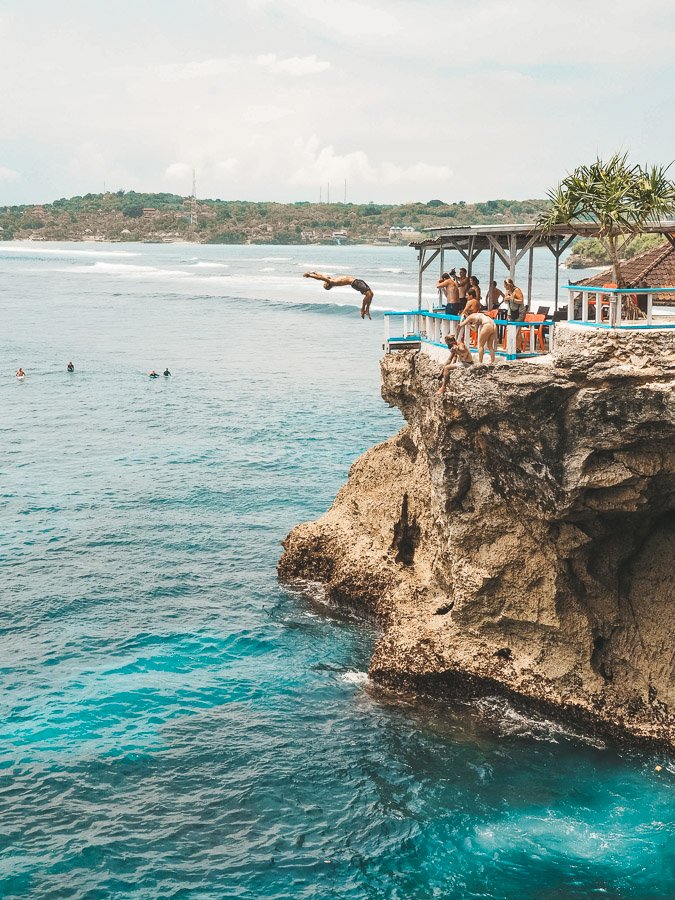
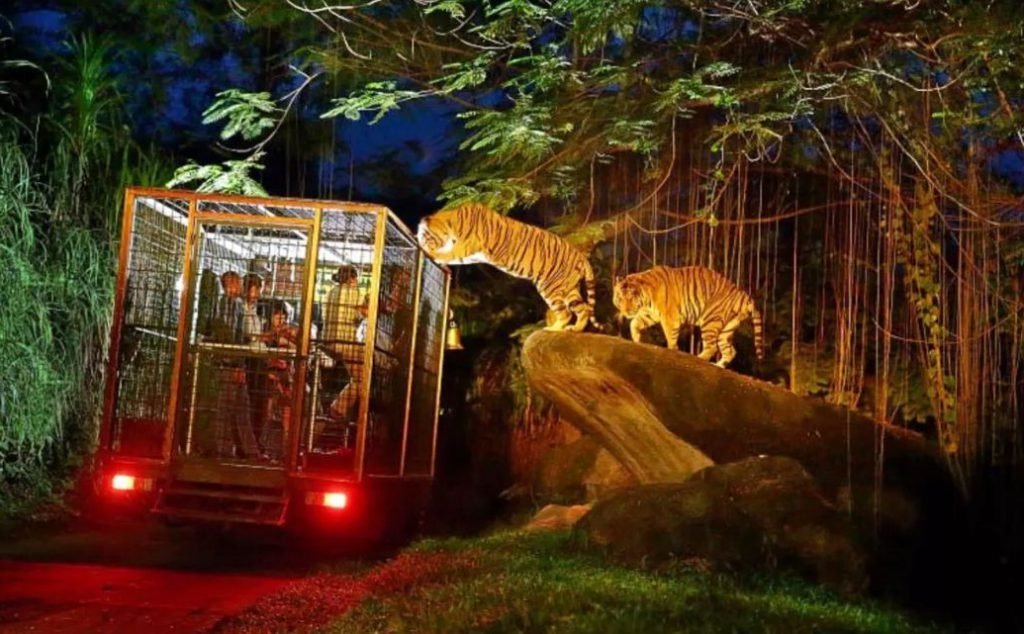
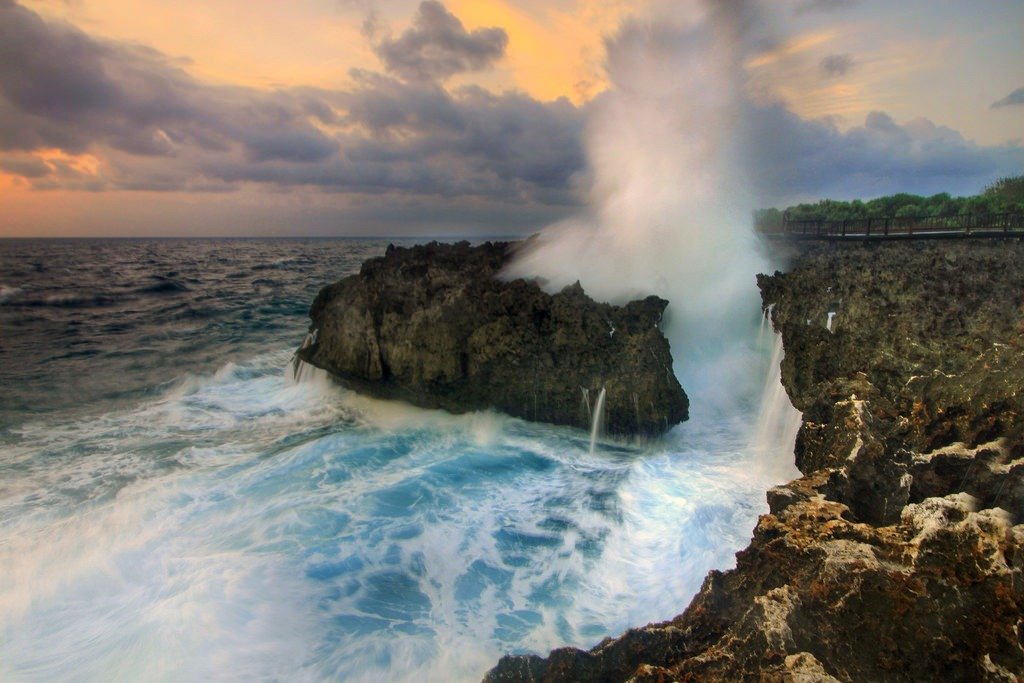

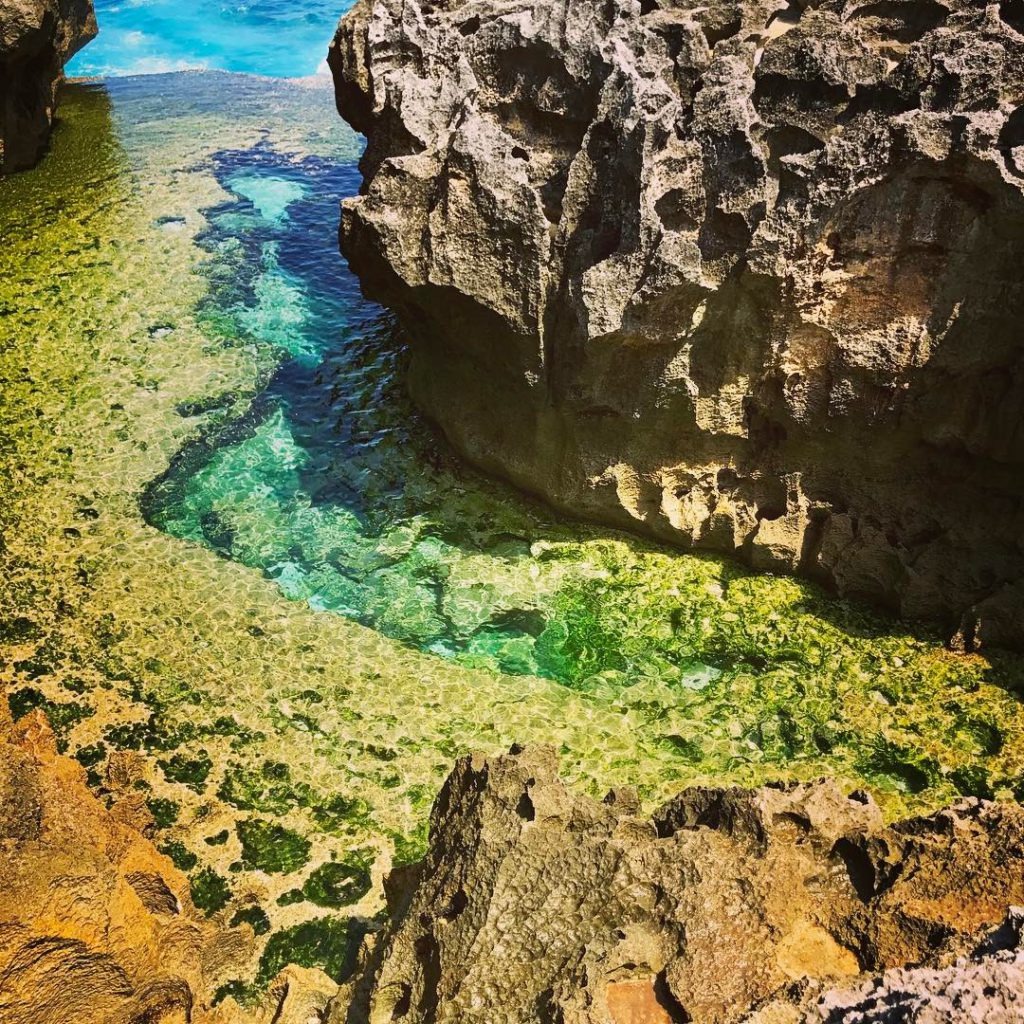


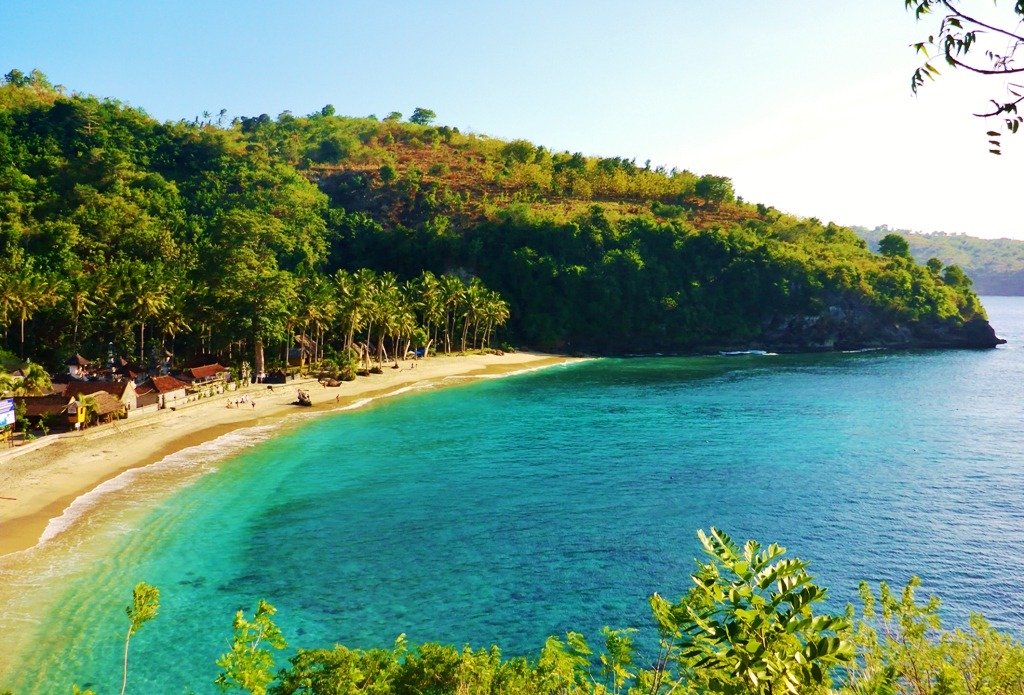


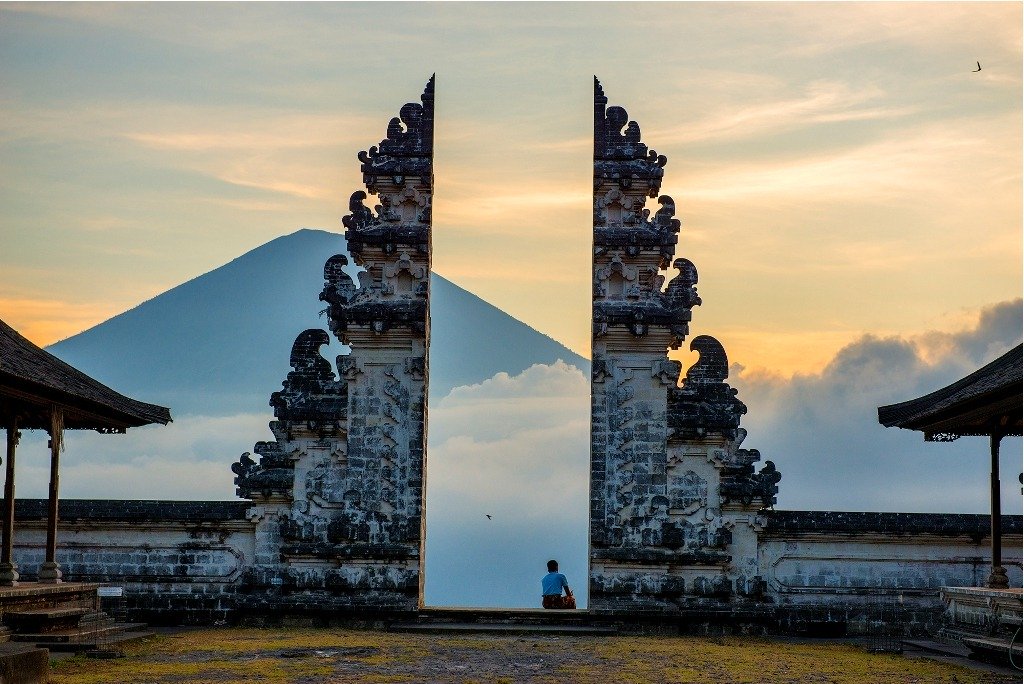
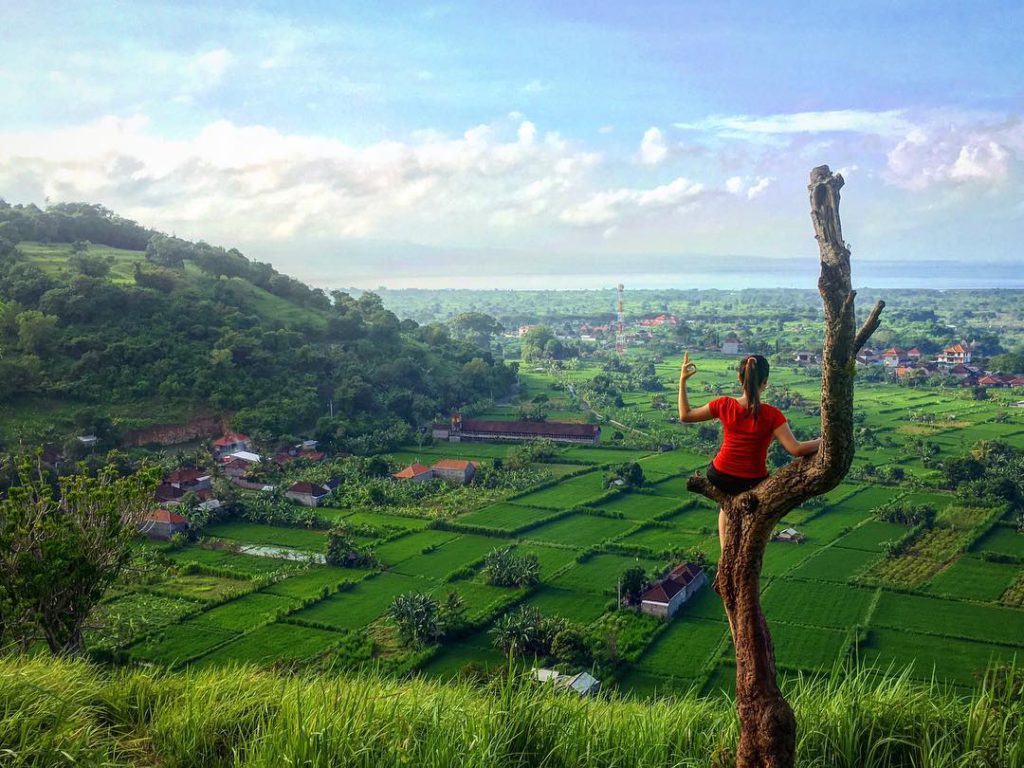
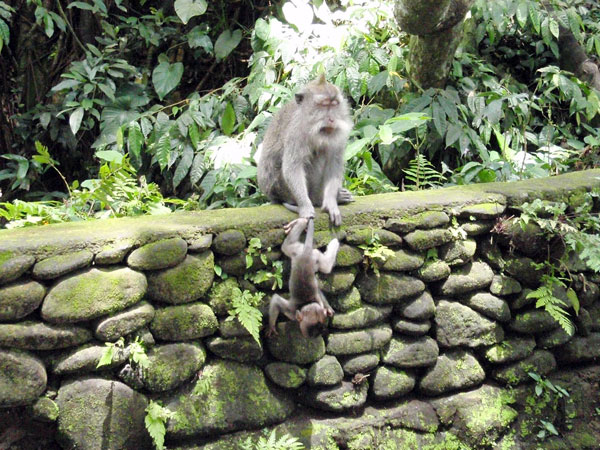
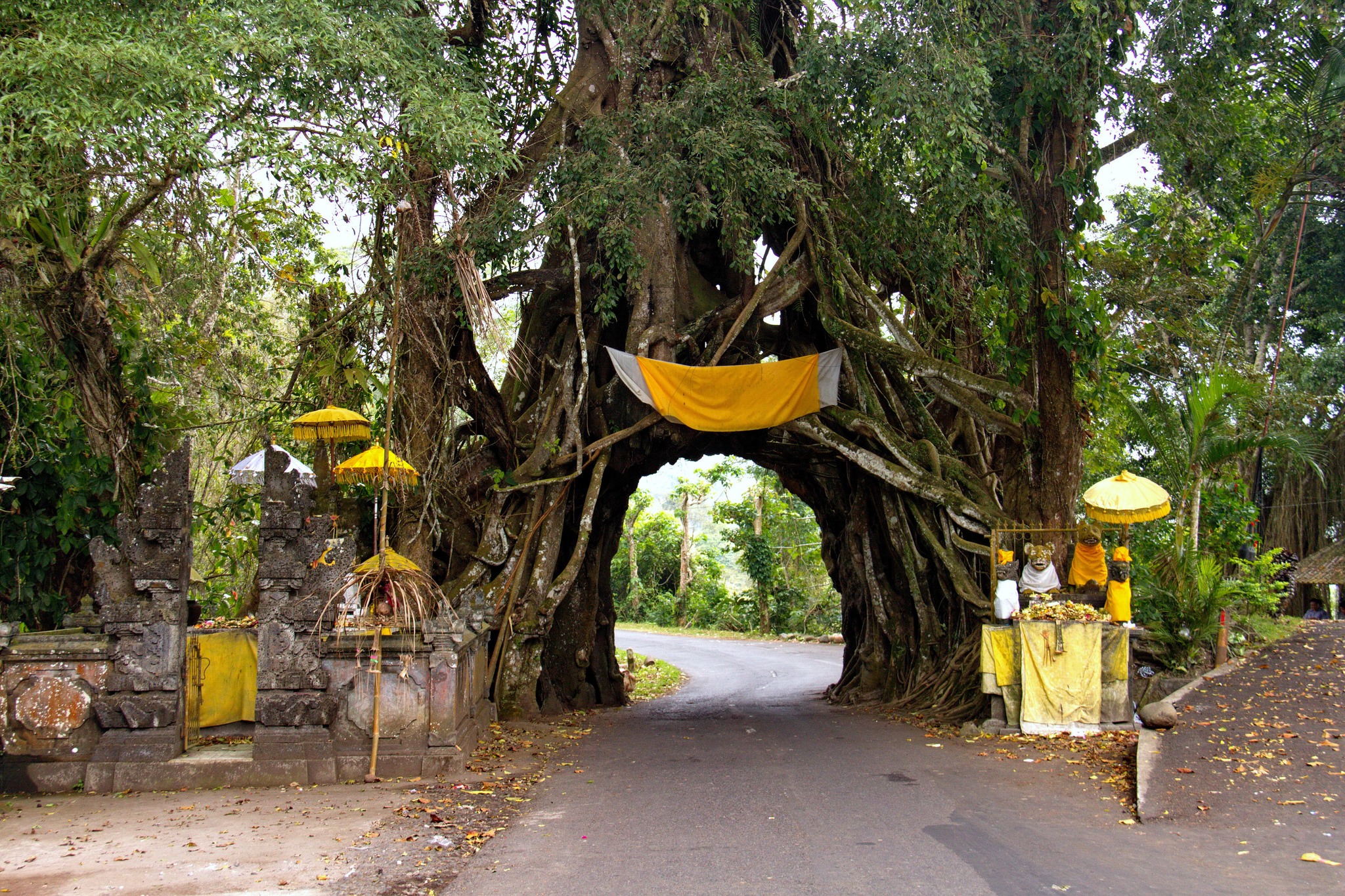
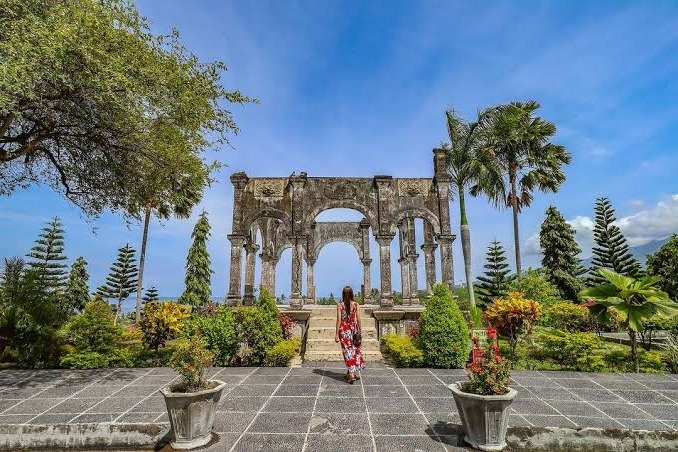






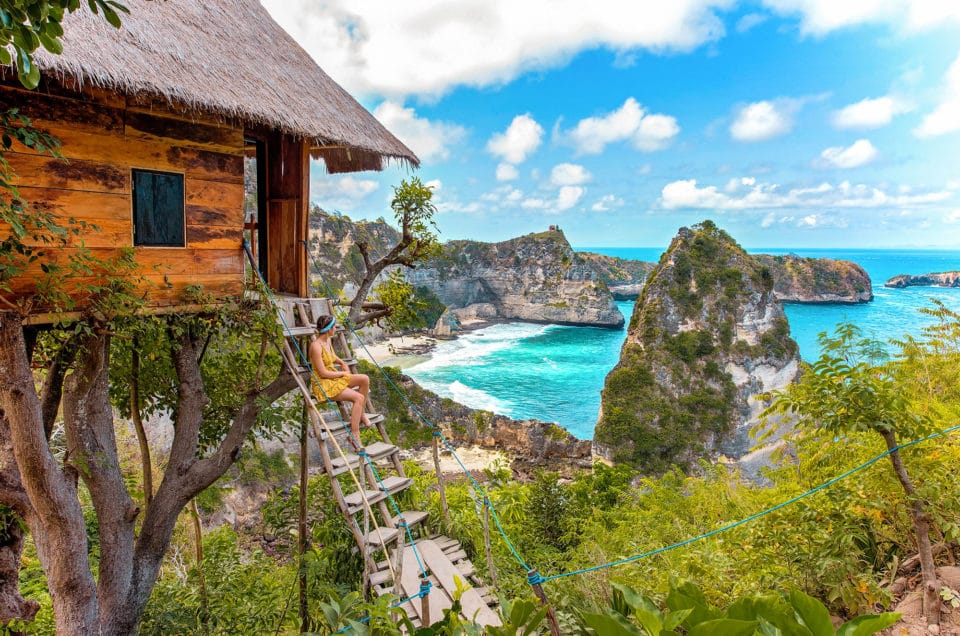













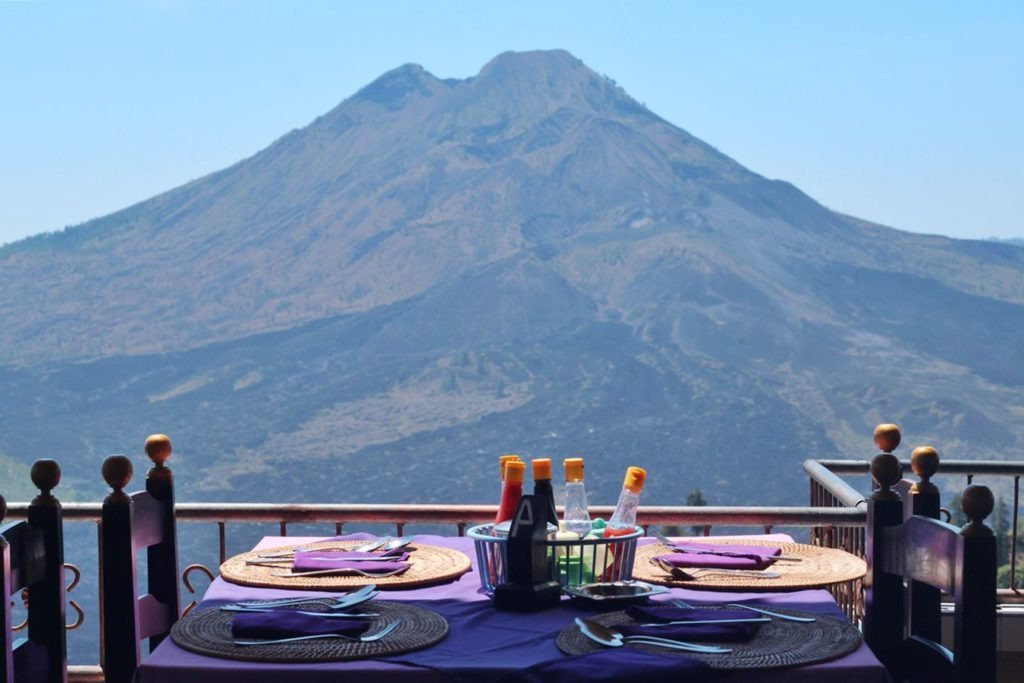




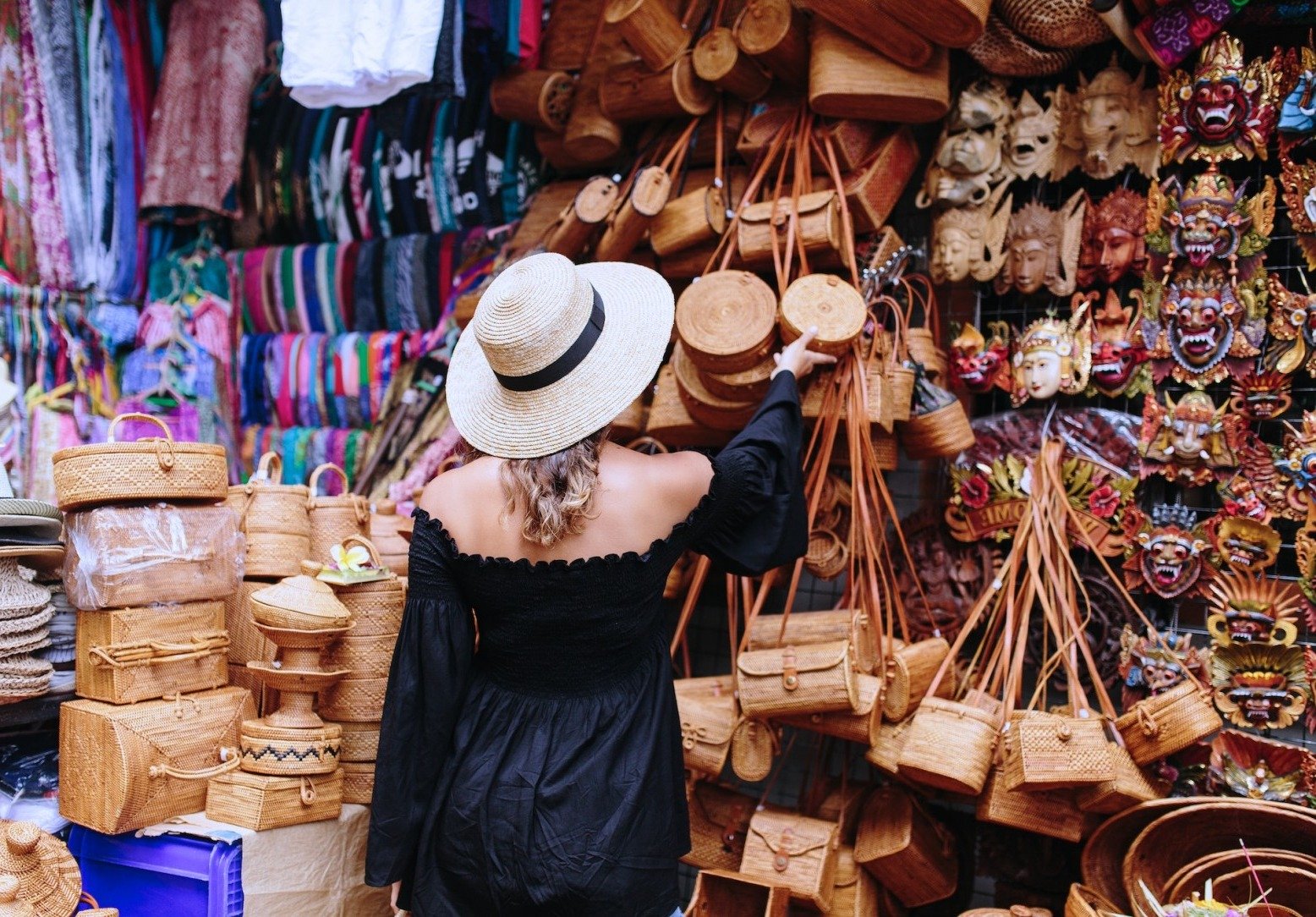








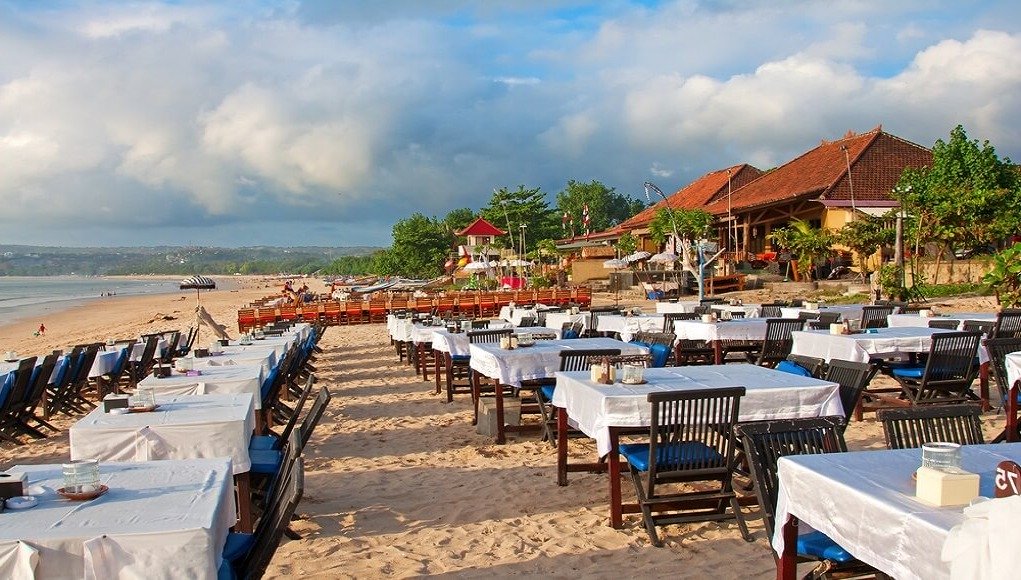





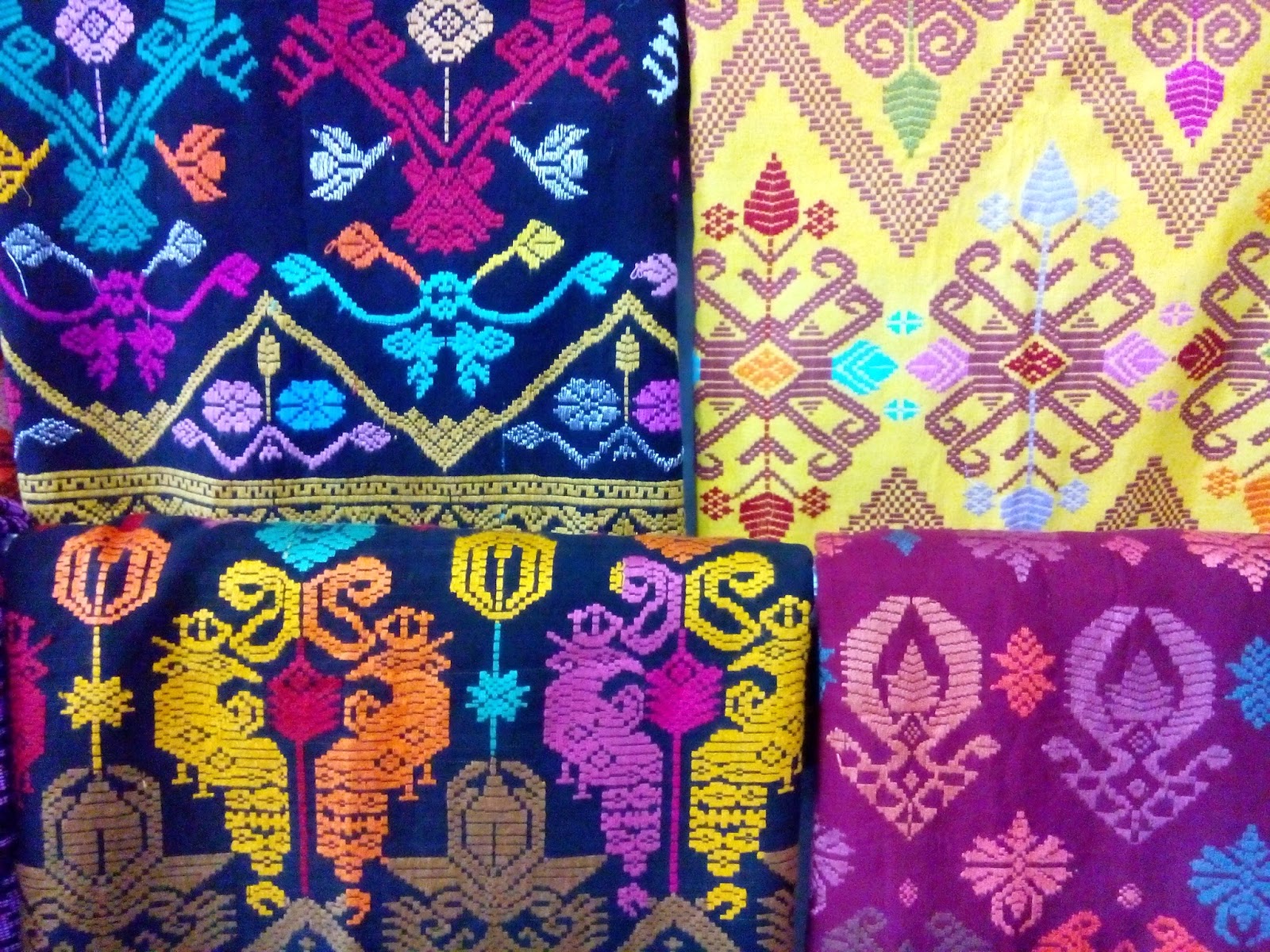

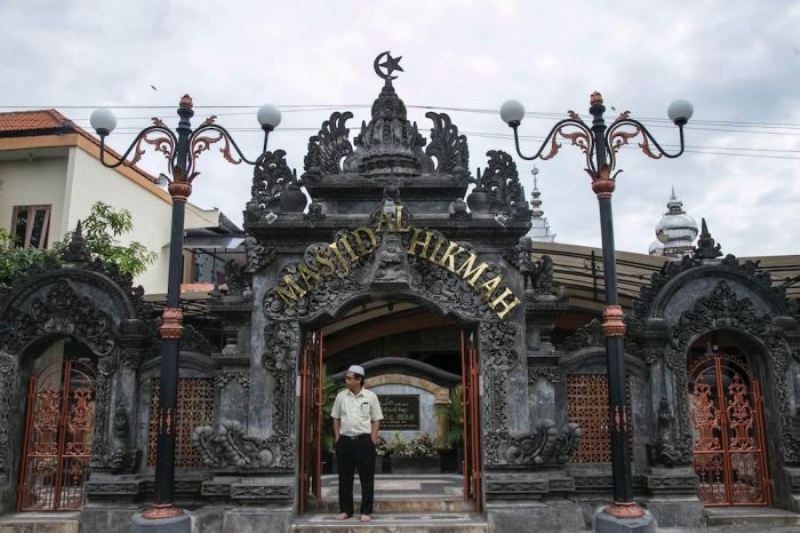


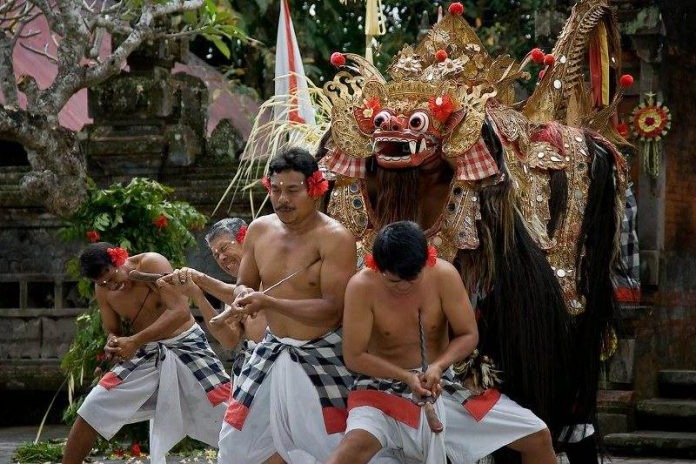


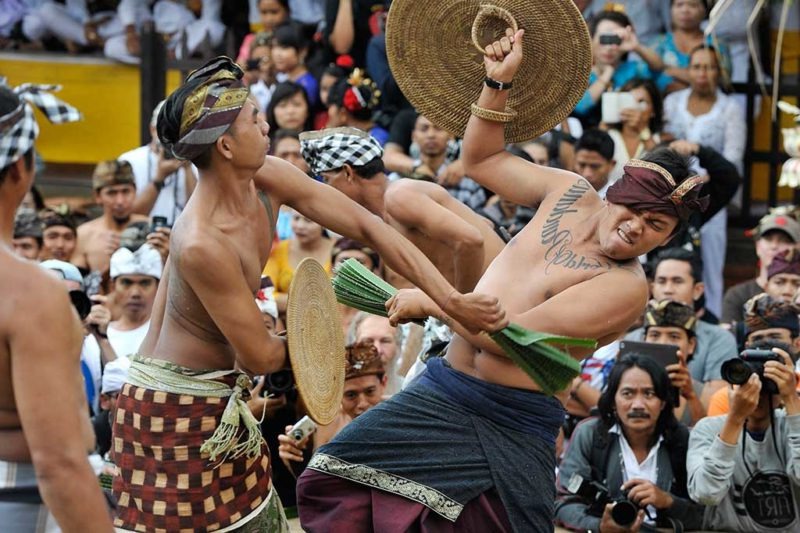


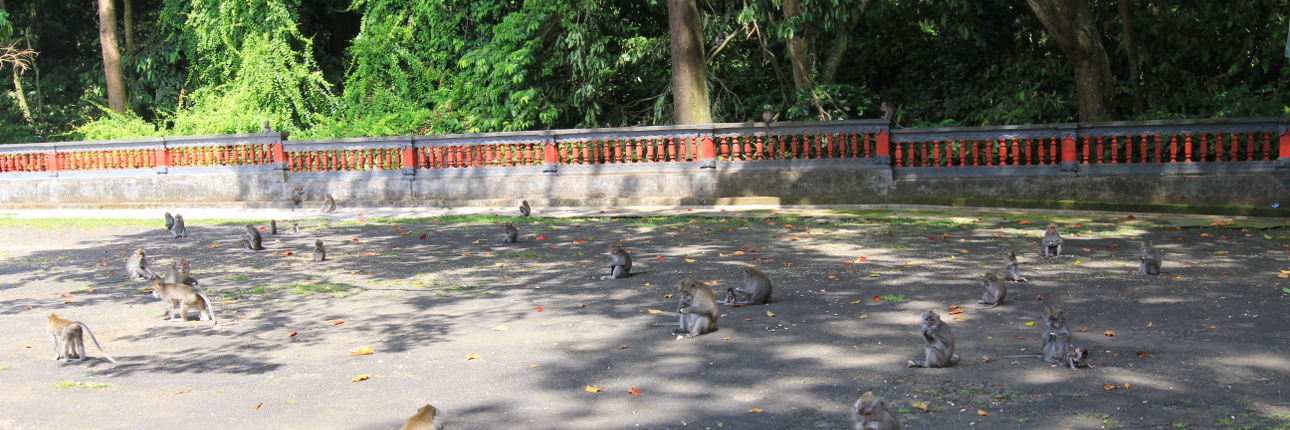


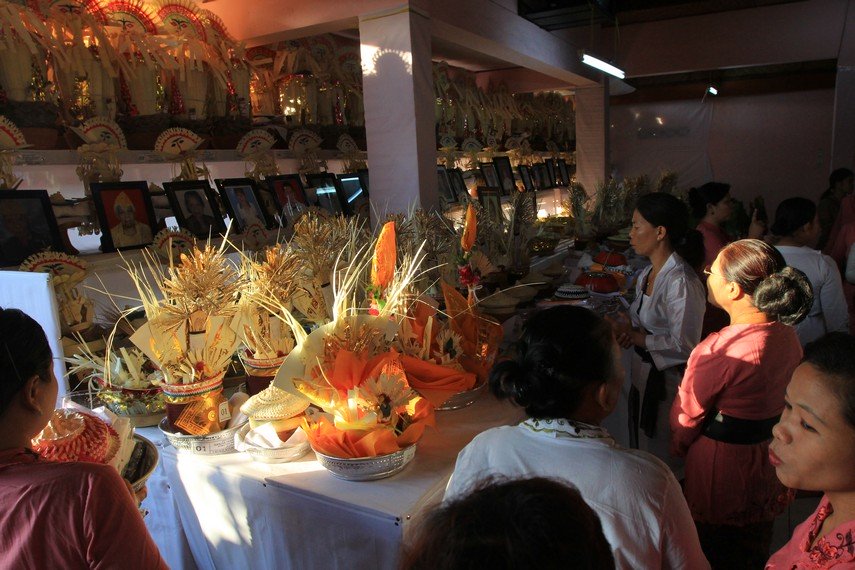





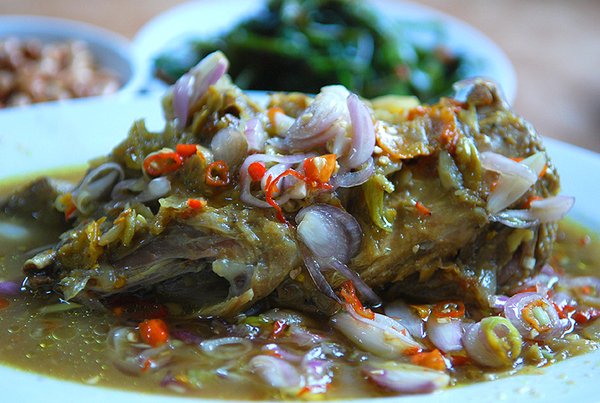



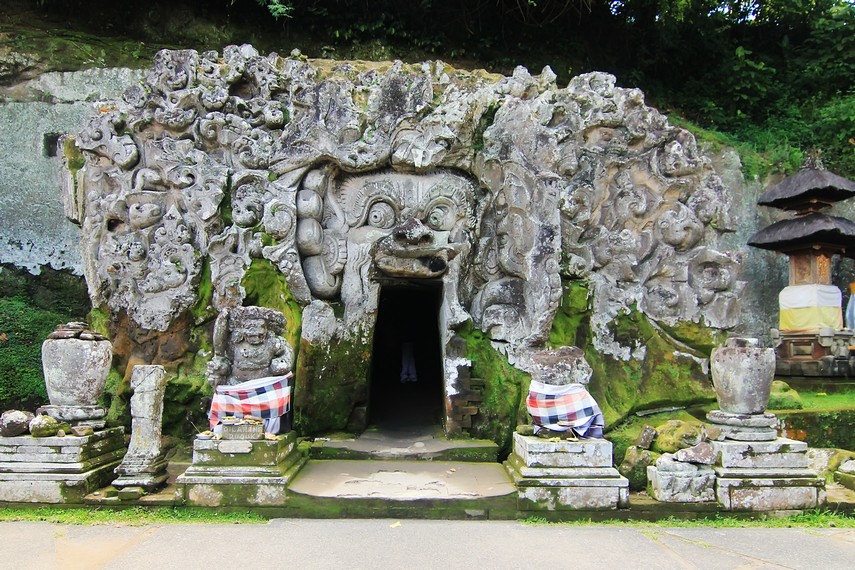



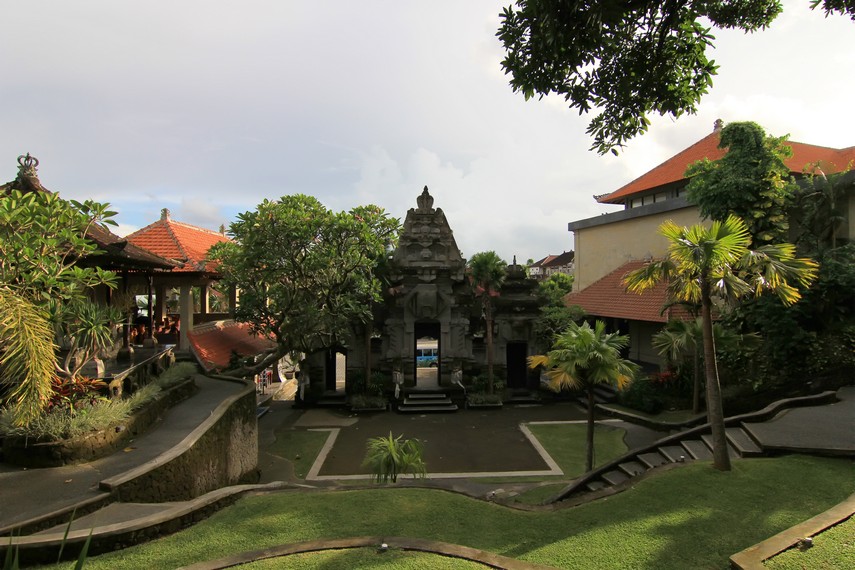





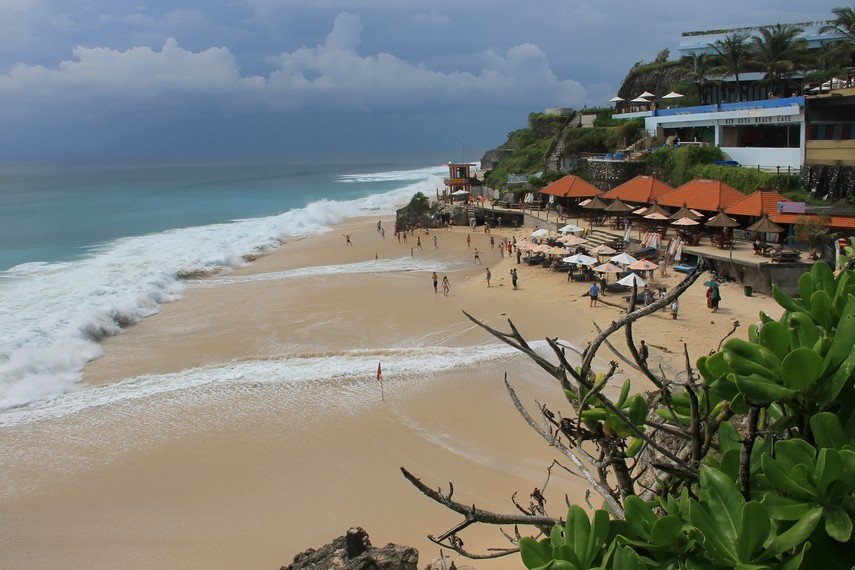

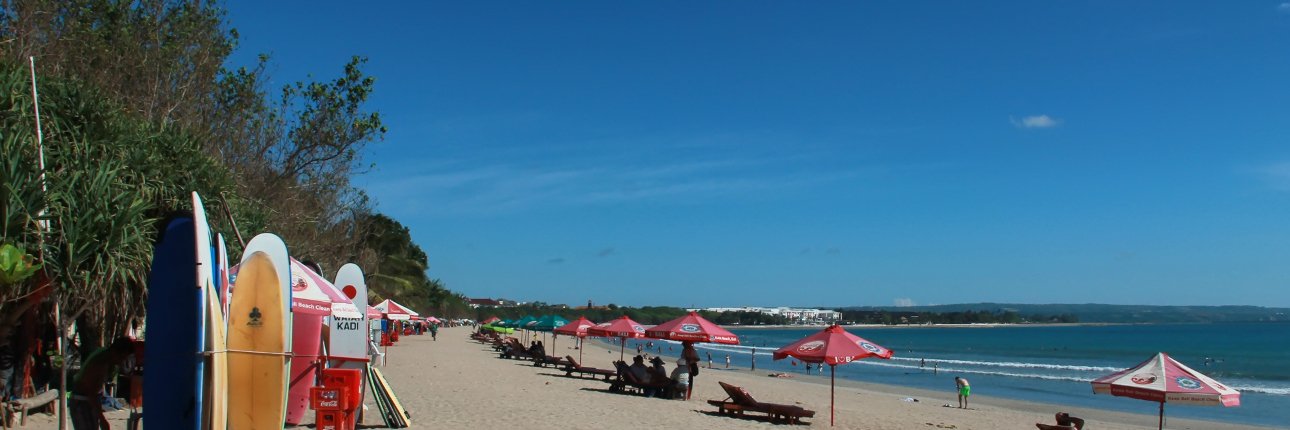
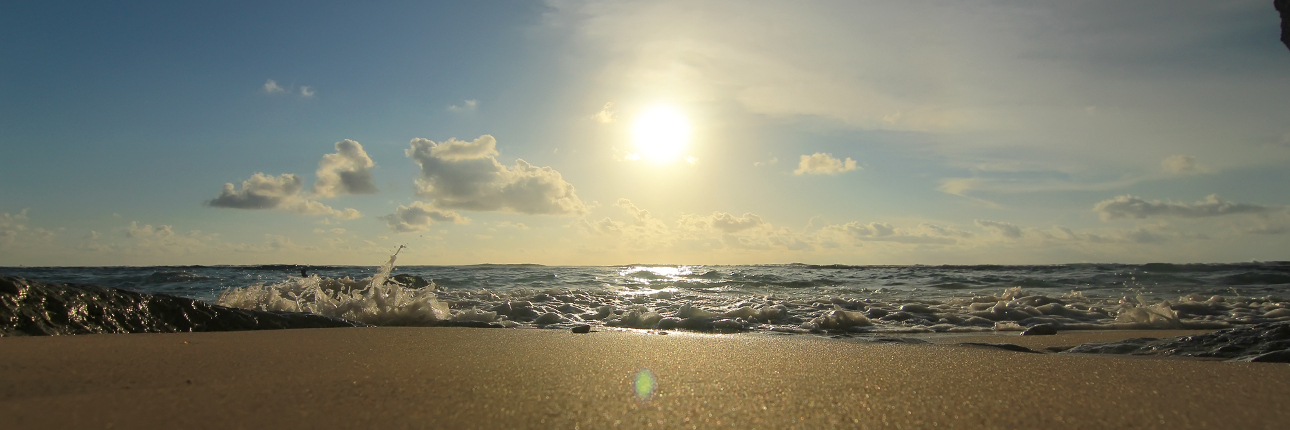
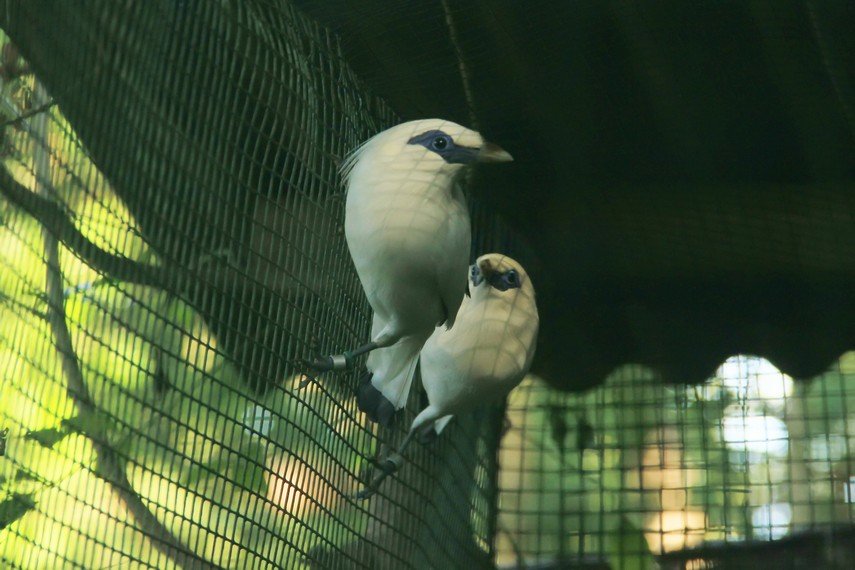





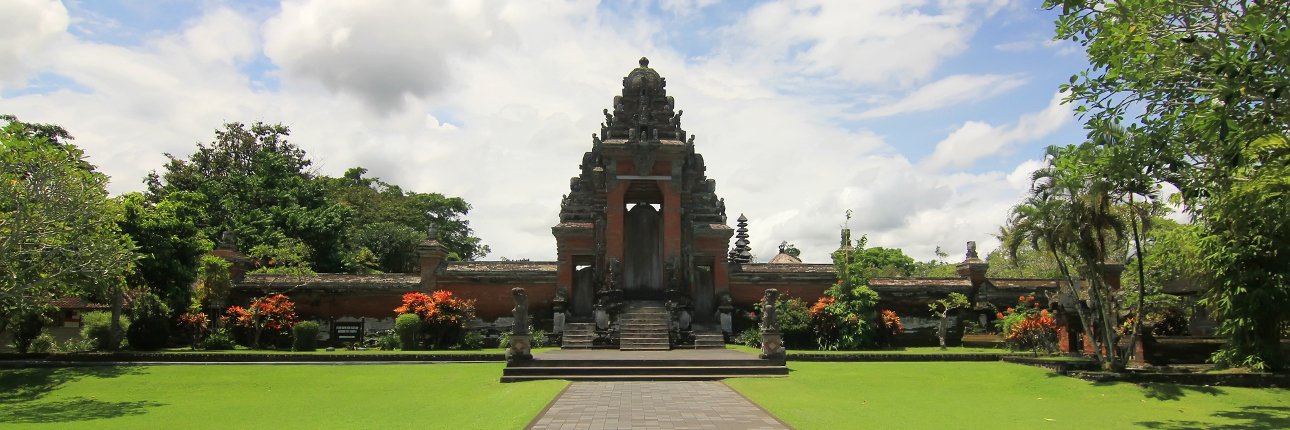
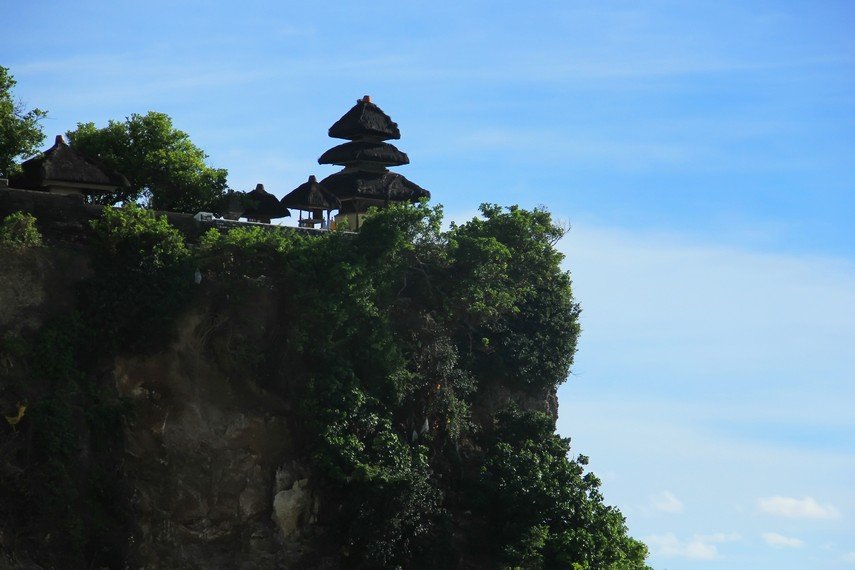









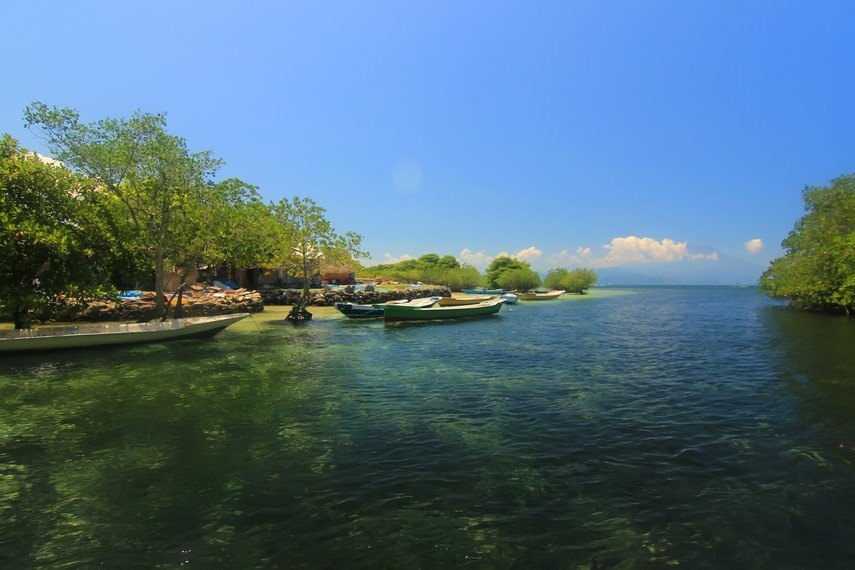
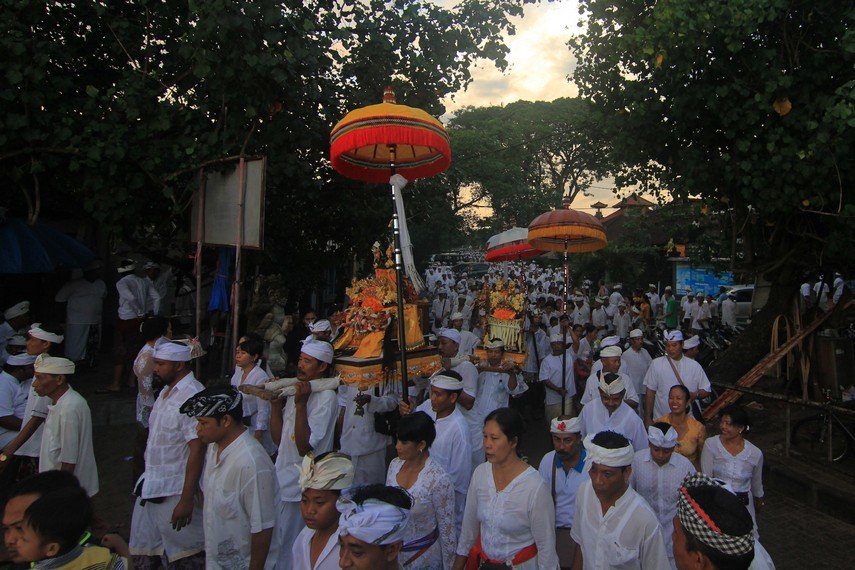
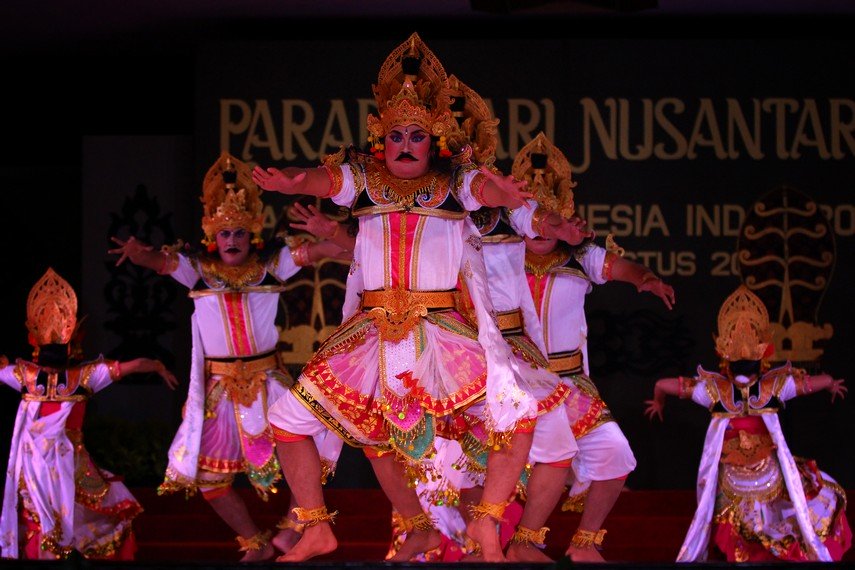



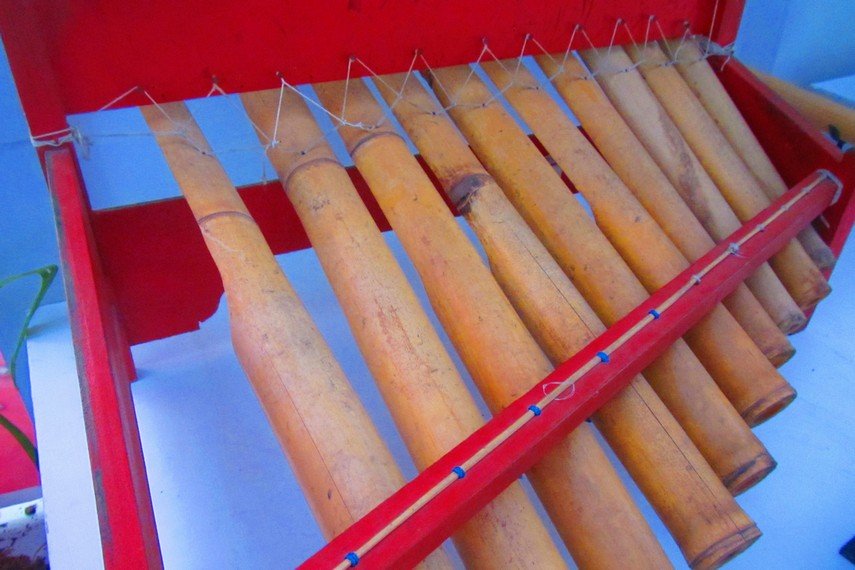


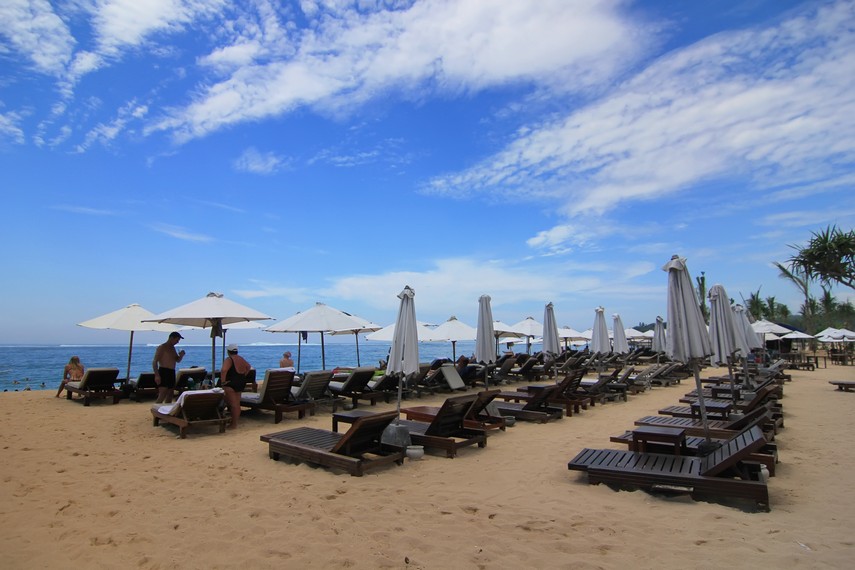
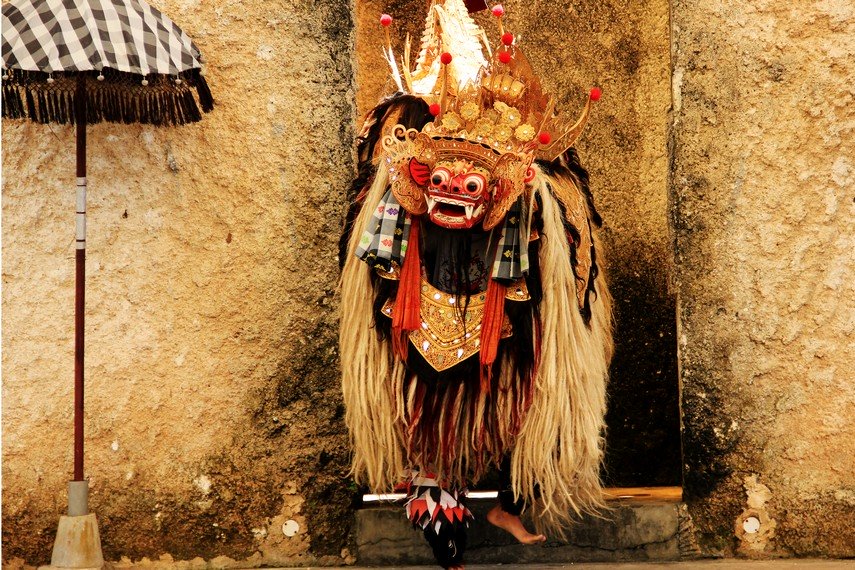


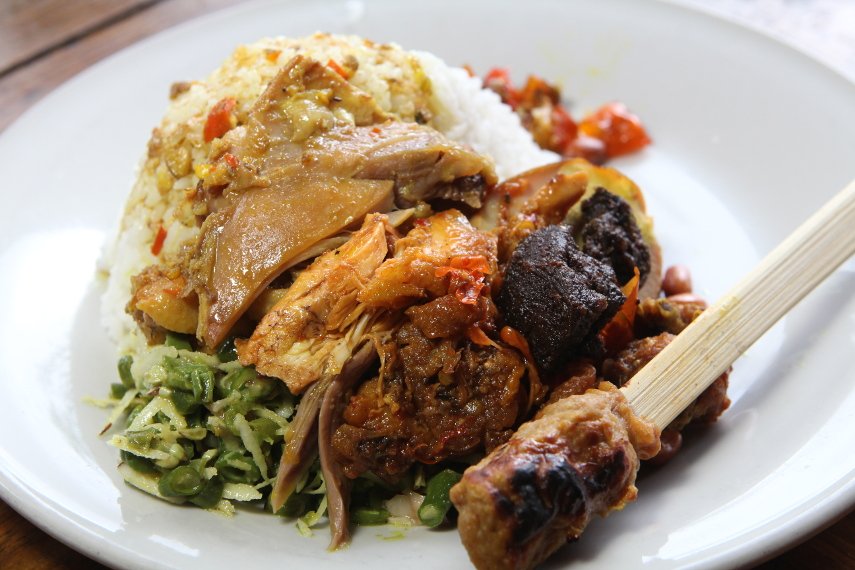
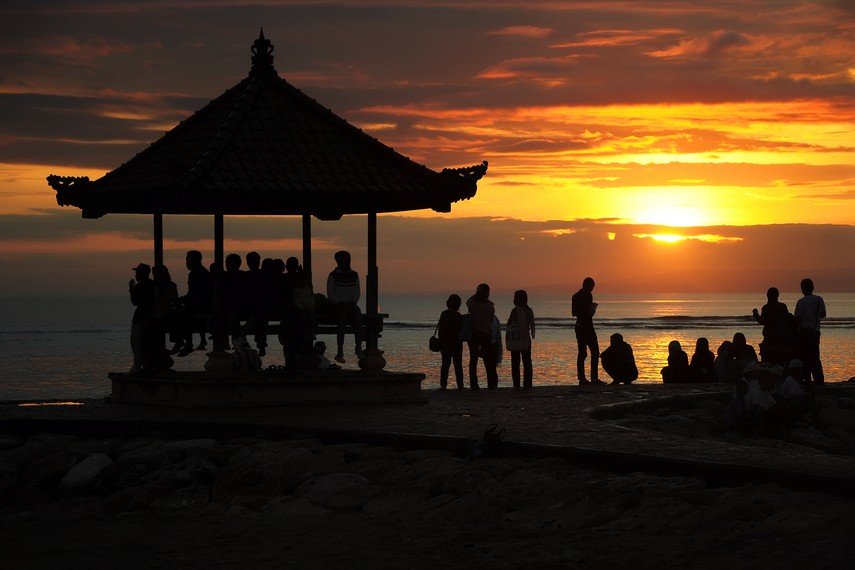
0